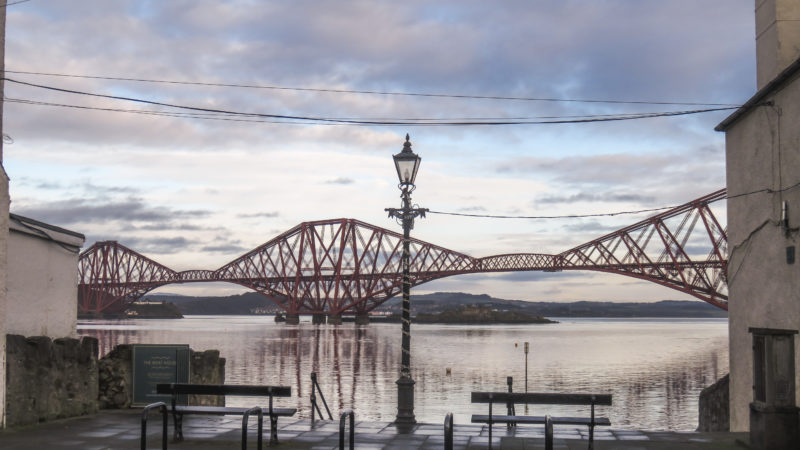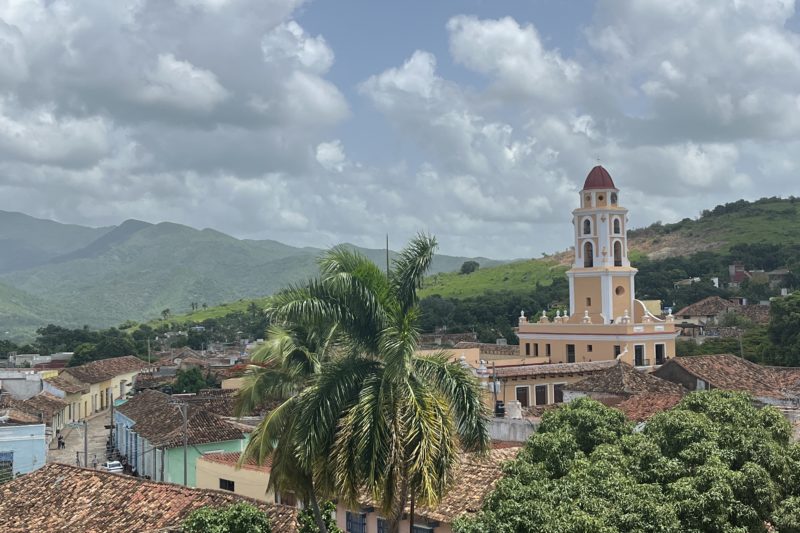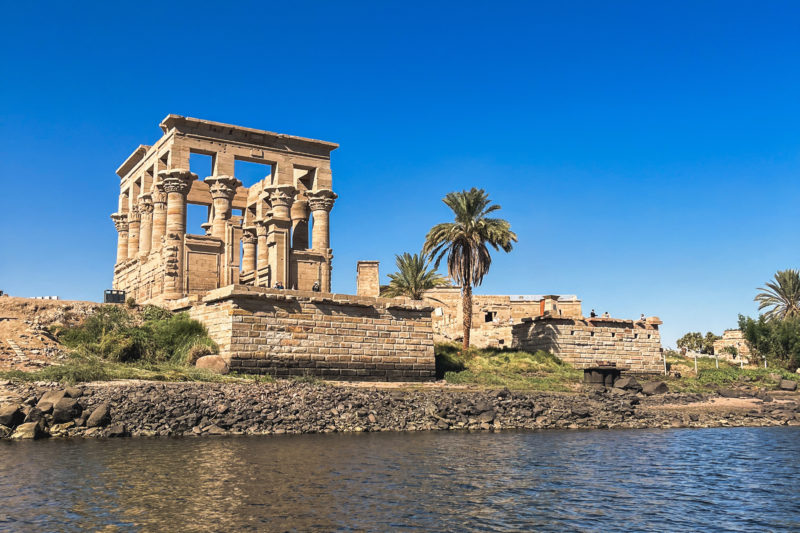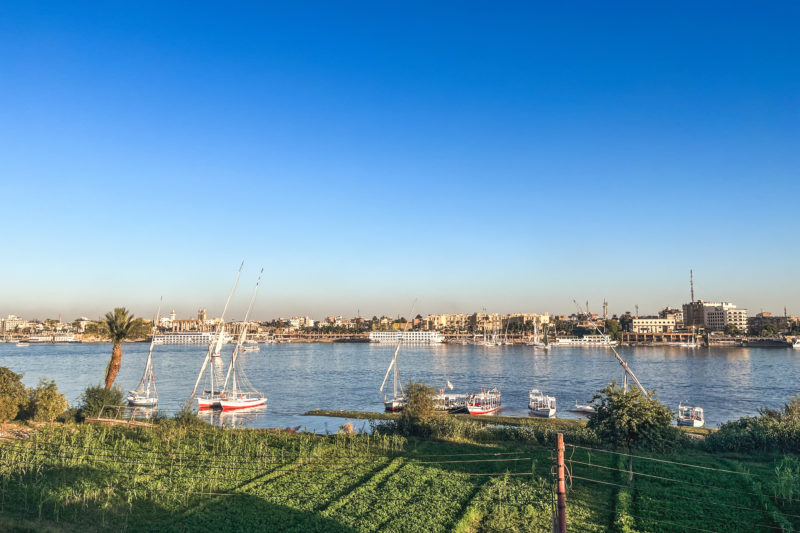The immediate vicinity of Edinburgh is full of walks, pretty neighborhoods, and small towns that are well worth a visit from the bustling Scottish capital.
The harbour gateway: Leith
For this first jaunt, let’s head north of the city of Edinburgh to Leith. This place has played a big part in the history of the Scottish capital, being the official trading port of Edinburgh and Scotland in the 18th century.
Indeed, the Leith area was Scotland’s main trading port, with many ships coming and going, filled with products and goods such as wool, wine, raw materials, and spices.
To get there, simply follow the Leith Walk road to the sea. This well-known road is full of weird shops and especially many charity shops. Well, I must confess that I often did this route by bus, unless I was specifically looking for a place like the Elvis Shakespeare shop (I tell you about it in my article on Edinburgh bookshops) and The Harp and Castle pub, before going to see the Scottish derby (story here).
However, I recommend that you get to Leith by following the route of the Water of Leith, the river that flows up through Edinburgh. I talk about this in The Complete Guide to Edinburgh. You’ll end up at the Leith Docks.
Leith is the old industrial area, which is slowly beginning to take on a more modern look. Leith has been Scotland’s leader in many industries for many centuries (glass, shipbuilding, etc). Having lost its status as a regular commercial port, it was in 1920 that Leith became an official part of Edinburgh.
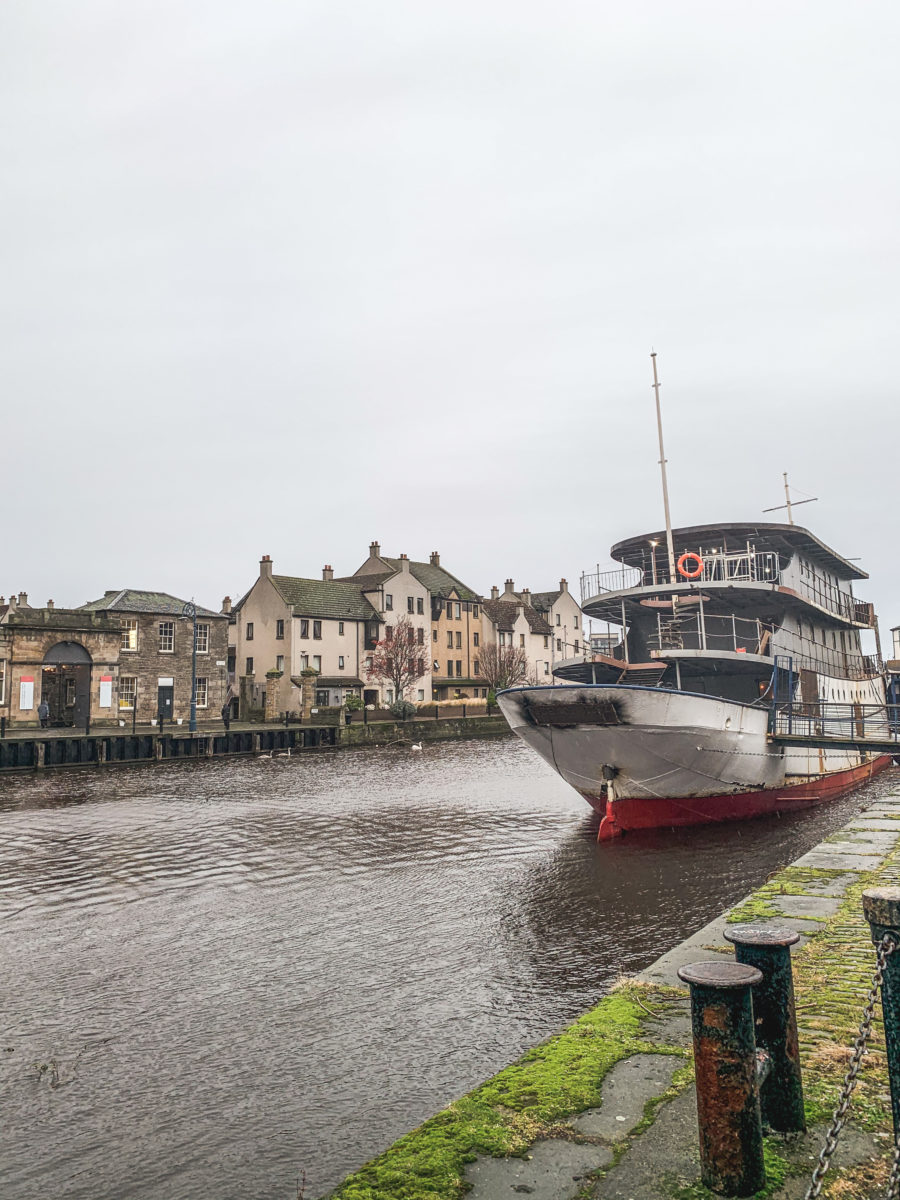


If you think you’ve heard the term Leith before, it may be for three reasons. Firstly, Leith is home to the Queen’s former floating royal residence, the Royal Yacht Britannia (1953-1997), which is now a tourist attraction and events venue, permanently moored at the Ocean Terminal shopping centre, built on reclaimed docks. It is one of the most visited places in Britain.
The second reason is that Leith was catapulted into the limelight by Irvine Welsh’s novel Trainspotting, and then by the images in the film of the same name. It shows the dark and popular side of Scottish suburbia.
And finally, the last one is related to one of the most famous Scottish bands, The Proclaimers, who were born there. One of their hits is the ballad Sunshine on Leith. This is frequently played at the Easter Road stadium by the Edinburgh football team, Hibernian F.C., of which the band is supporter. Having attended the Edinburgh derby in this stadium, it did indeed make me smile to hear this song.

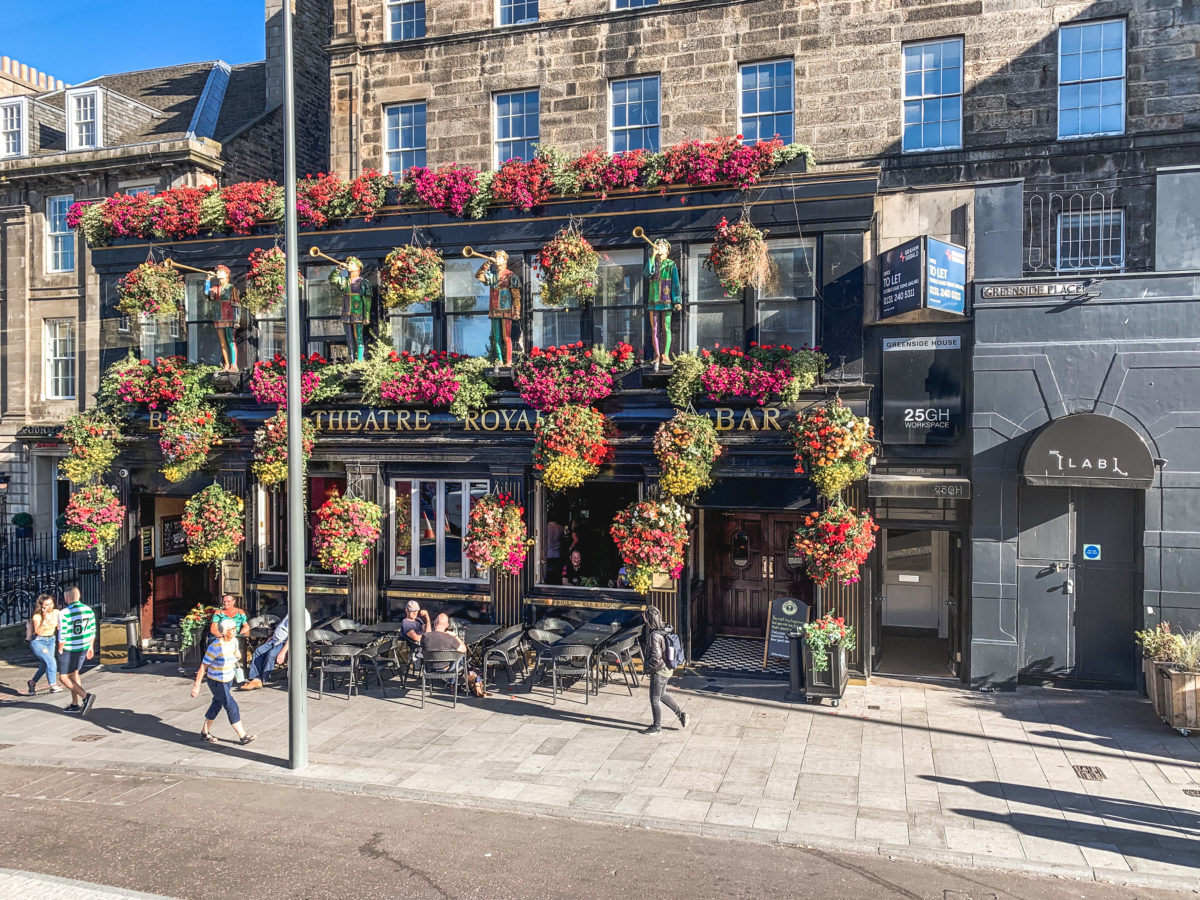

An anecdote that shows the endearing side of Leith, which is starting to make a name for itself as an area to visit when in the Scottish capital.
The seaside gateway: Portobello
Three miles east of Edinburgh city centre is the charming seaside suburb of Portobello and its famous mile-long sandy beach. To get there, take the 45 or 26 bus from Princes Street and get off when you see the sea. It’s as easy as pie.
This place has quite a bit of sentimental value for various reasons of my own when I arrived in the Scottish capital for my university exchange, however, what fascinates me most about this part of Edinburgh is its seaside but also its community feature. Indeed, it is characterised by the city’s only beach and a very distinct local community ethos that is hostile to (big) business.
Once the holiday destination for most locals, now protected by a conservation area, leaves this place almost faded in time with its Georgian and Victorian architecture. Its long promenade and games arcade remind me very much of Coney Island in New York, my favourite place in the city that never sleeps.
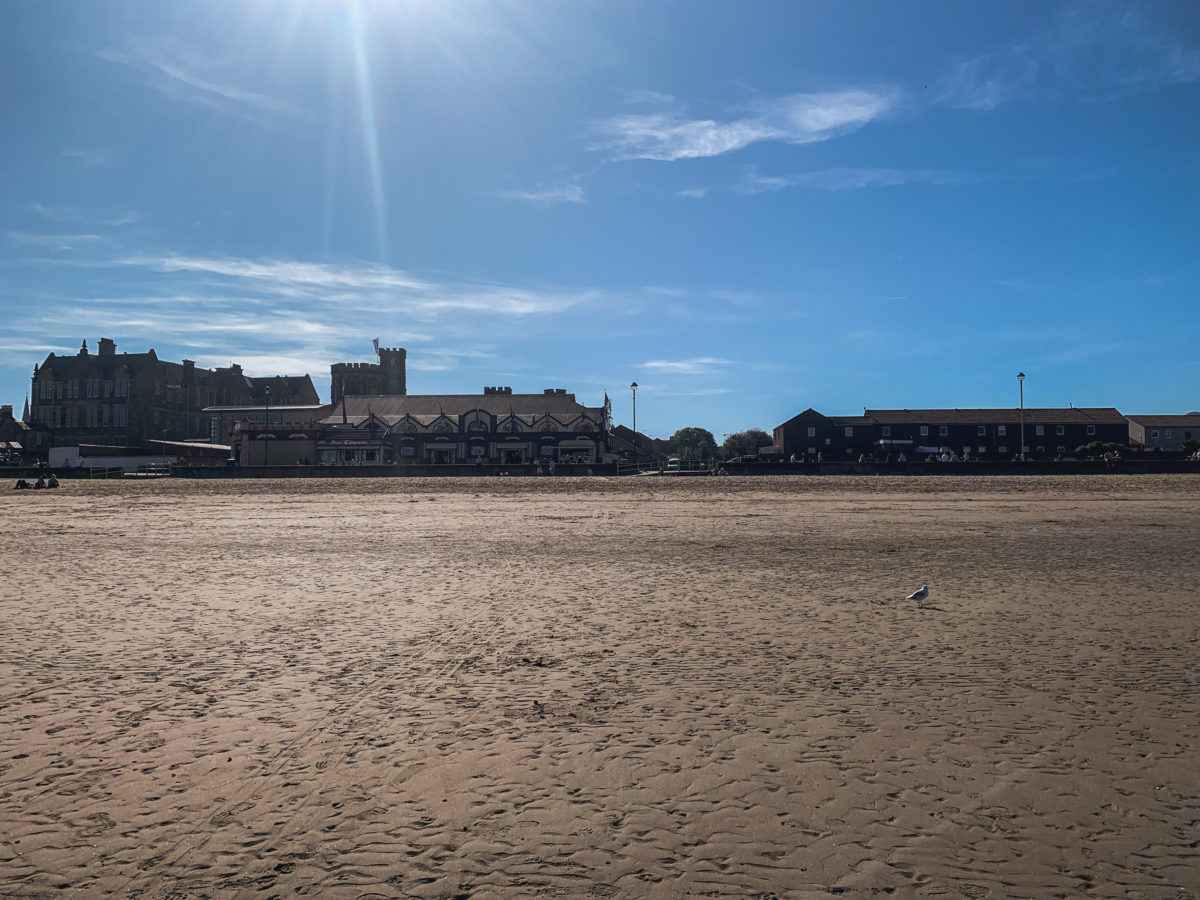
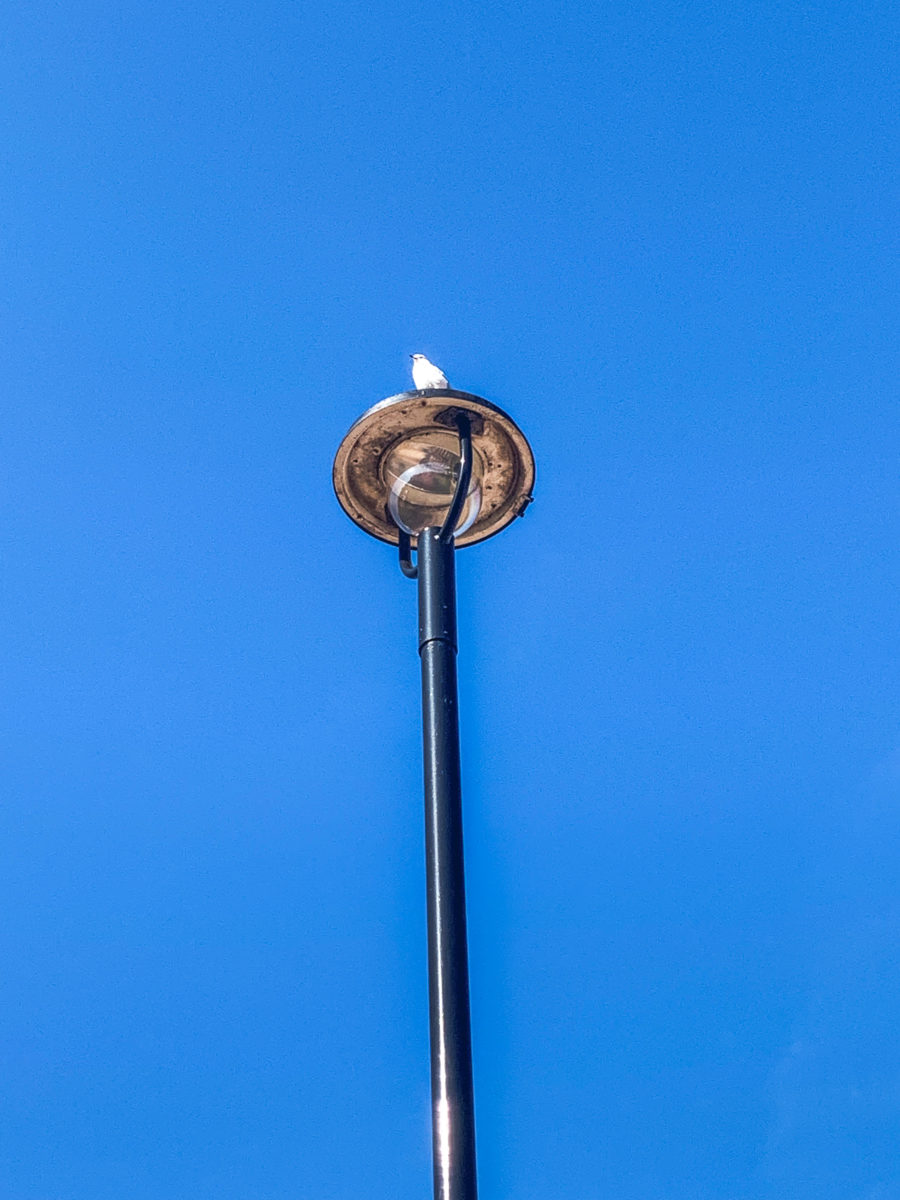

First and foremost, Portobello was my favourite Sunday excursion, to reload before another week of classes. As soon as the sun shines, many Edinburghers come to stroll along the seafront.
They come to nibble a fish & chip (well, especially the chips for me) or drink a delicious coffee at The Little Green Van, which served as a small catering facility during my many visits.
And then, admittedly, each time I found myself untying my laces and dipping my feet into the (icy) waters of the North Sea, marveling at the sense of well-being as I stared at the horizon while listening to the sound of the waves on the shore. Naturally, though not surprisingly, few swimmers dared to brave the cool water in those autumn and winter months.
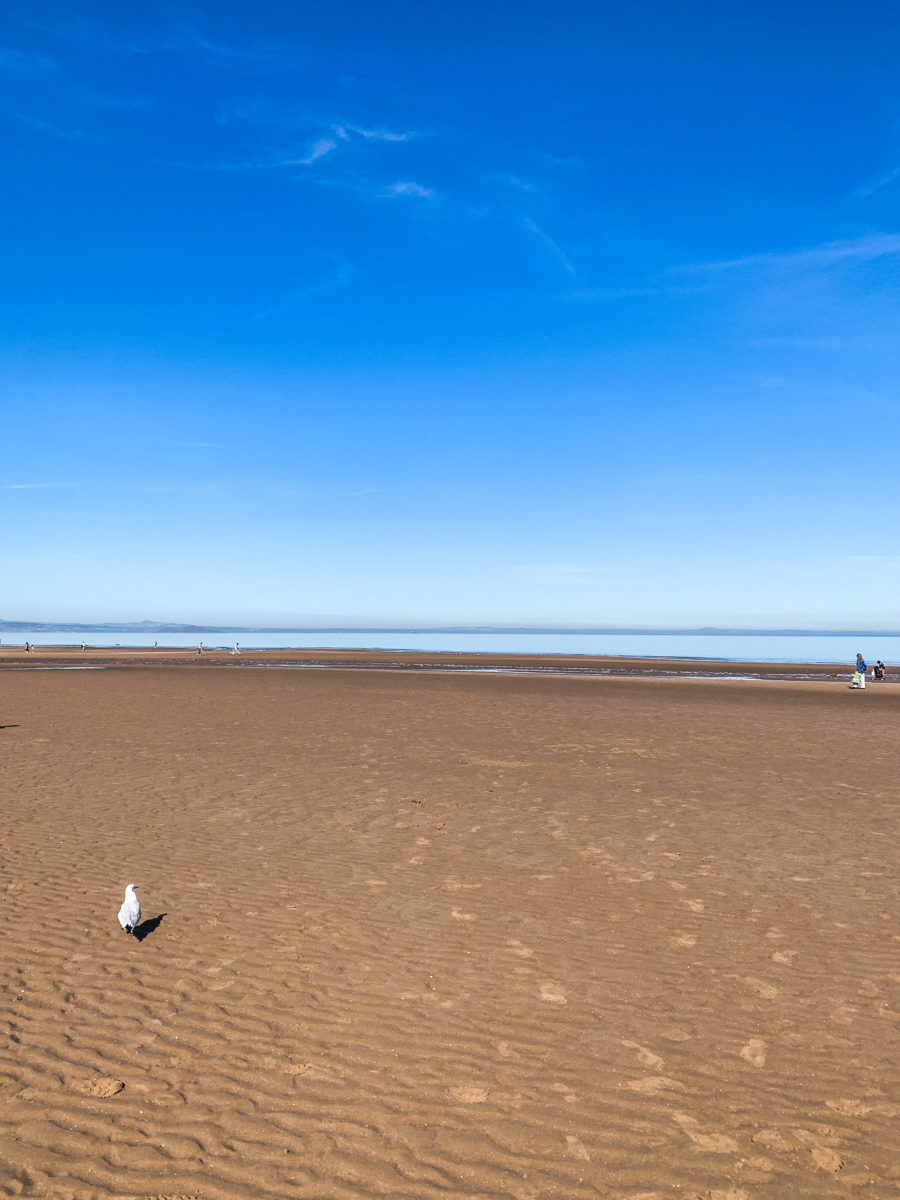
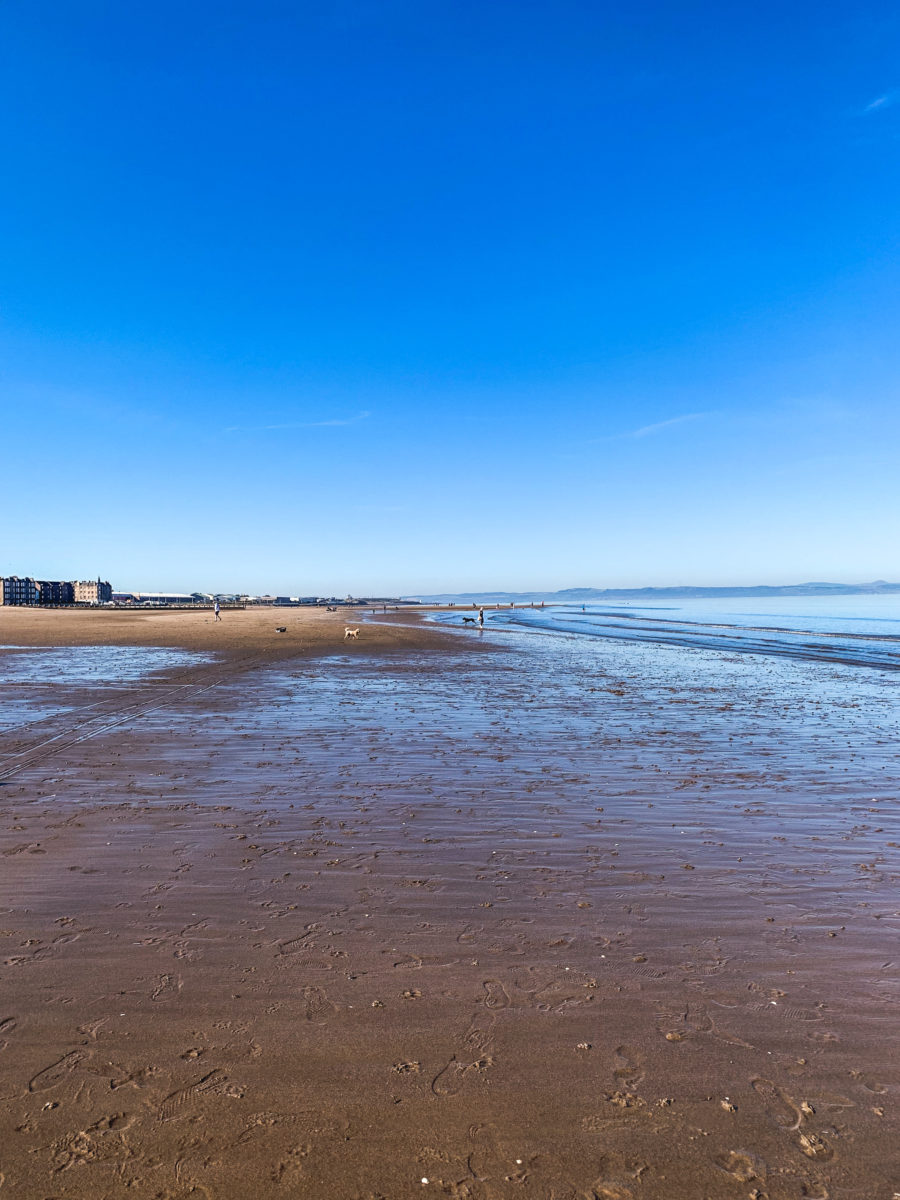



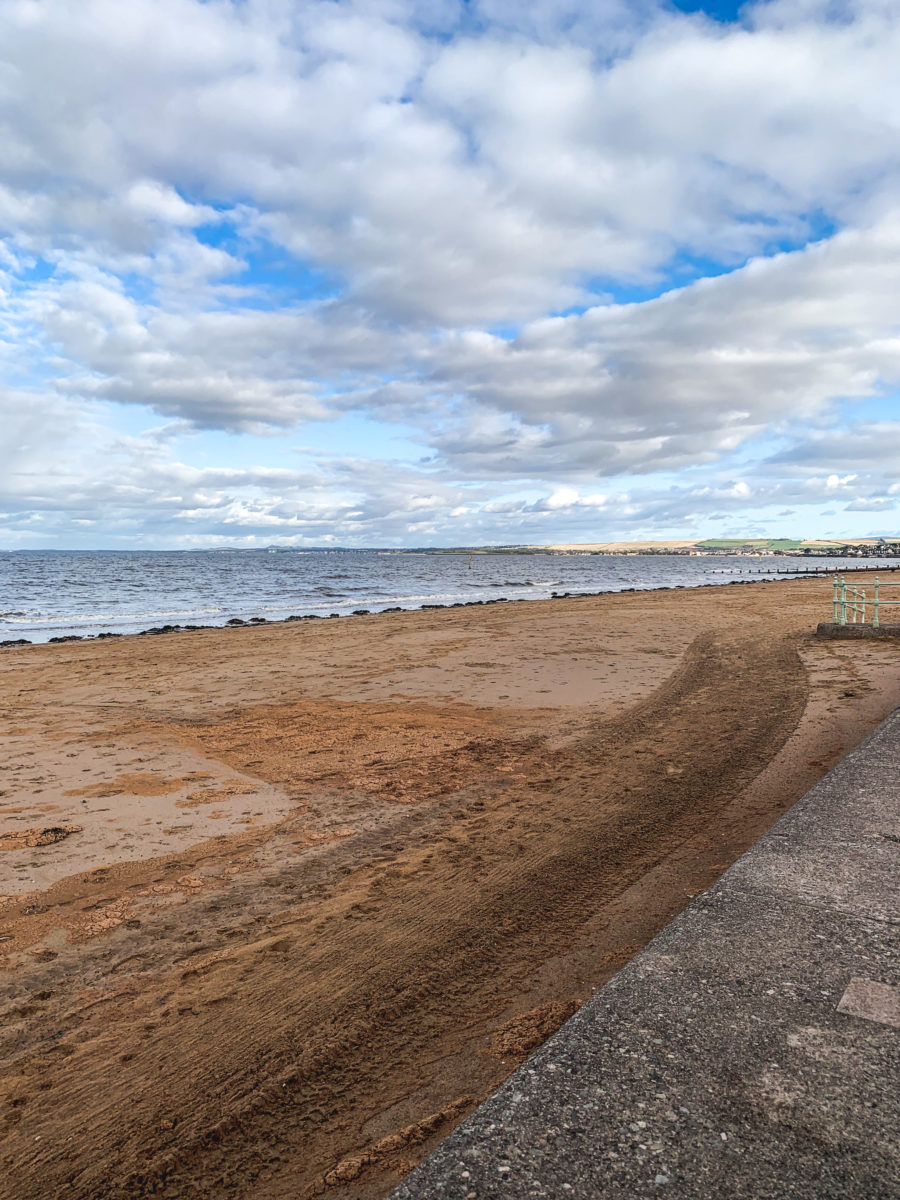
An independent city until 1896, Portobello has retained its unique character and sense of identity, making a trip to the seaside an essential part of your visit to Edinburgh.
The historical gateway: Cramond
Cramond lies on the south bank of the River Forth, four miles northwest of Edinburgh city centre, and is best reached by climbing onto the 41 bus from Princes Street.
Since the late 19th century, Cramond has become one of Edinburgh’s most popular residential suburbs. It has an attractive village atmosphere with a beach and lovely walks along the shore or to the harbour at the mouth of the river. You get the feel of an old fishing village, although not as picturesque as those visited in Fife (click here if you want to know more).

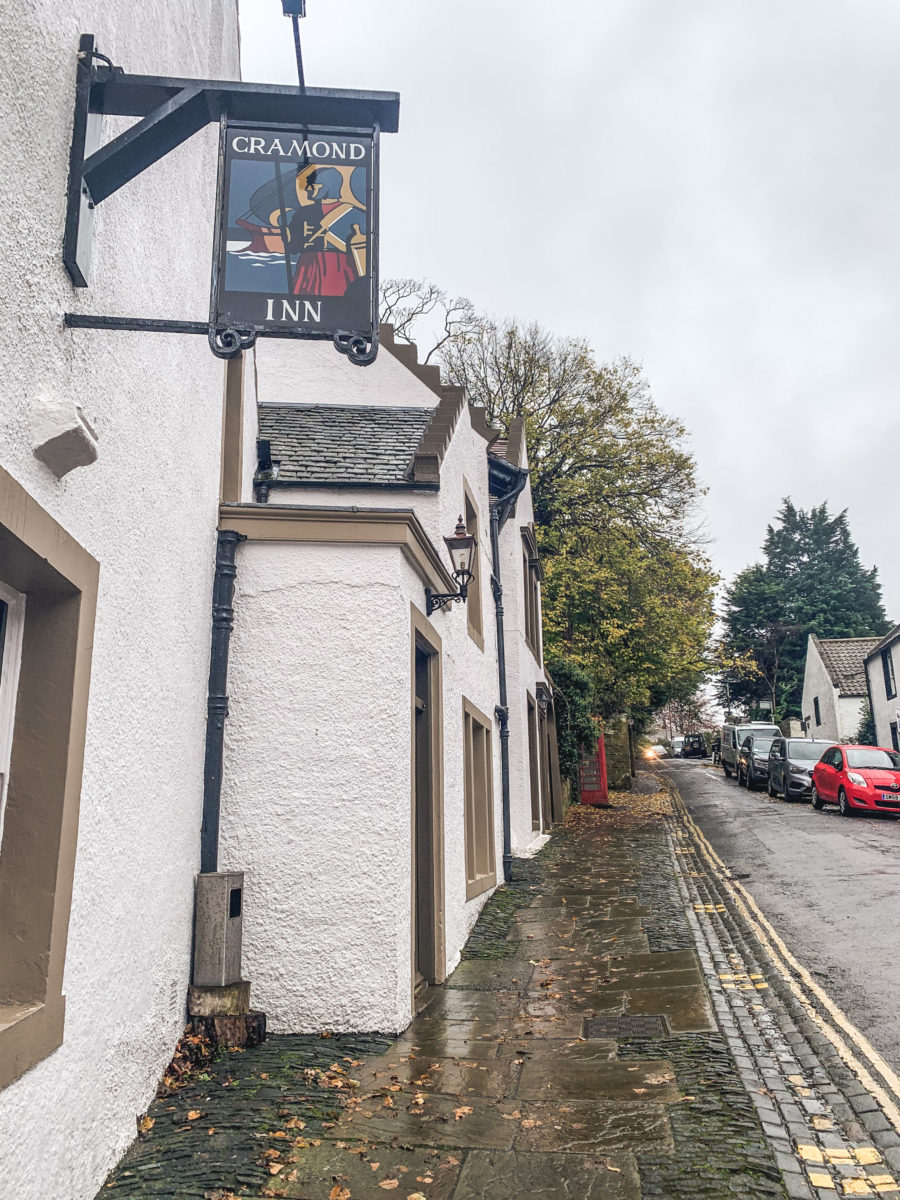
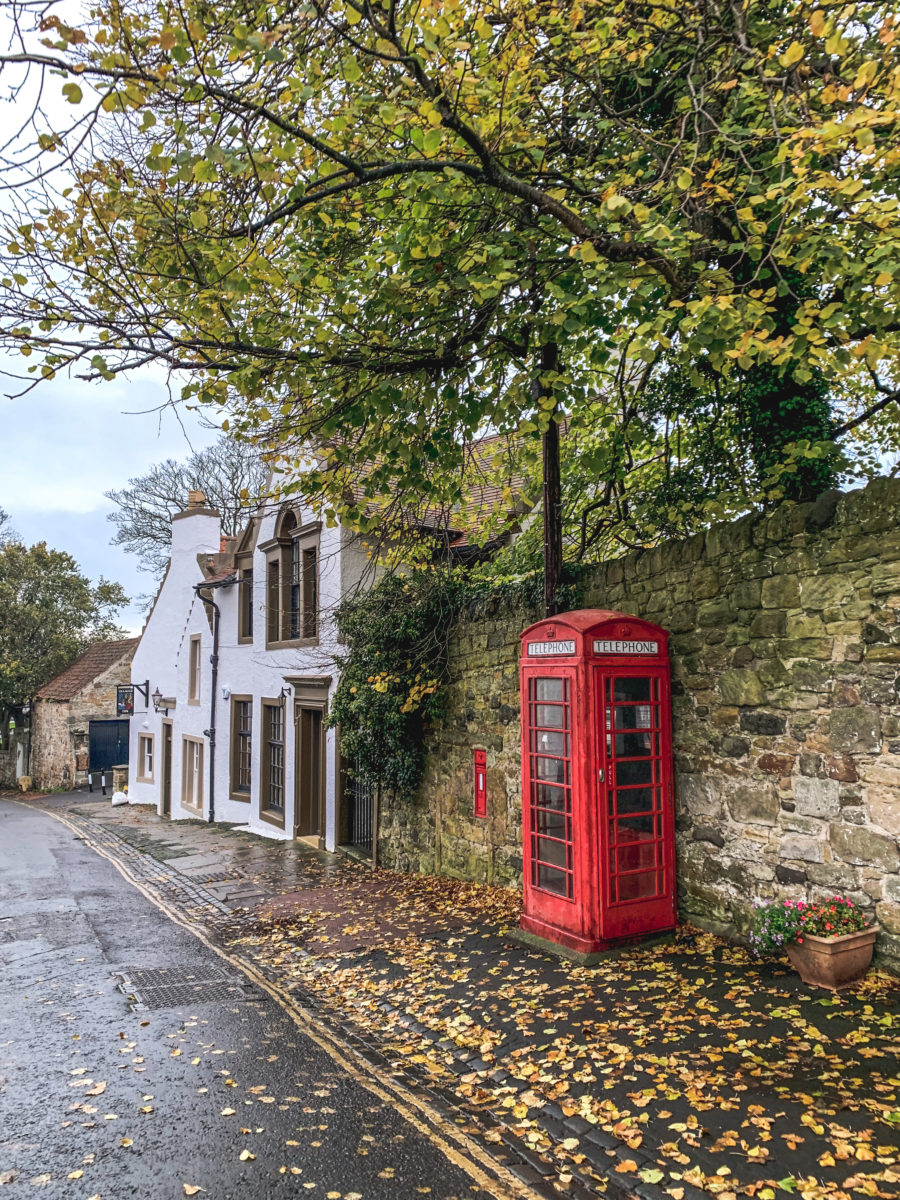
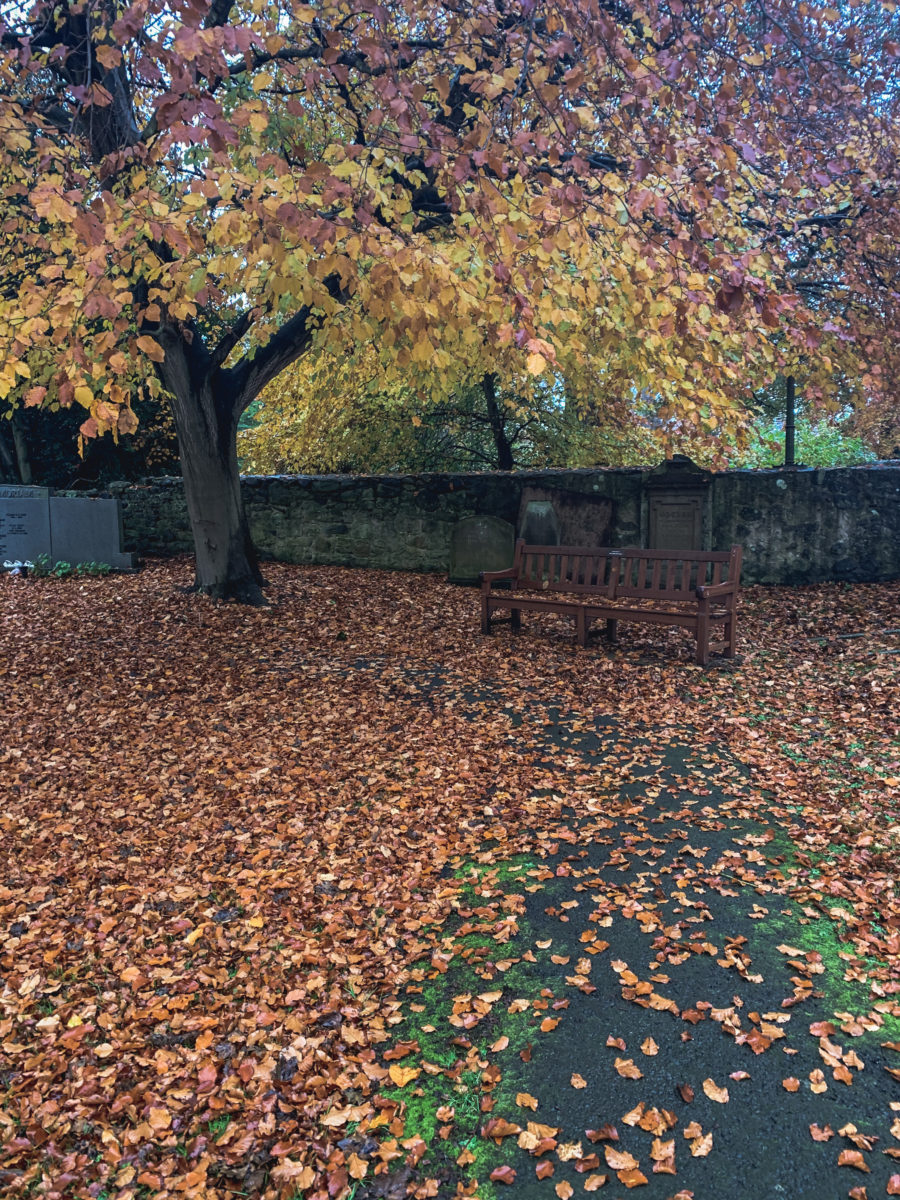

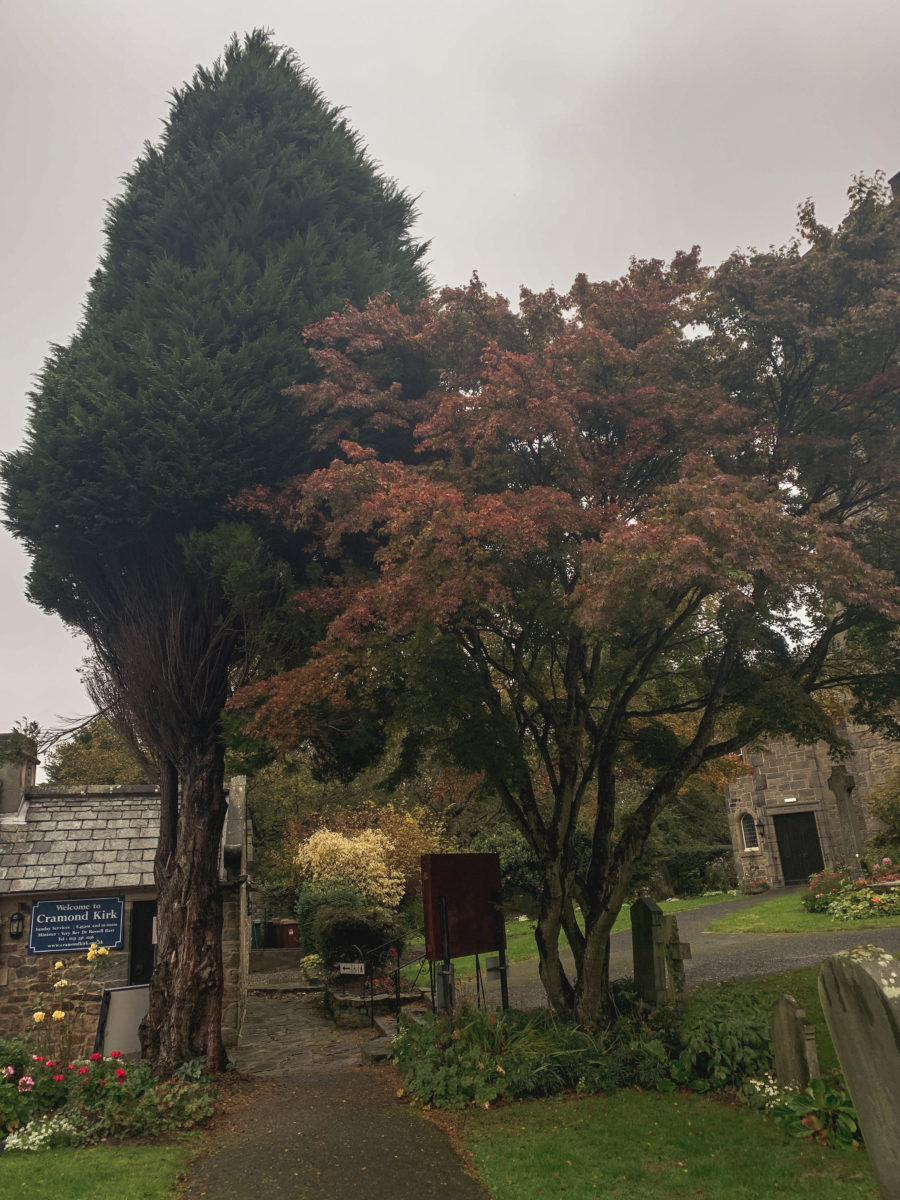
All these characteristics give it a certain appeal, but it is when the tide is low that the interest in Cramond grows and makes me travel to discover this place.
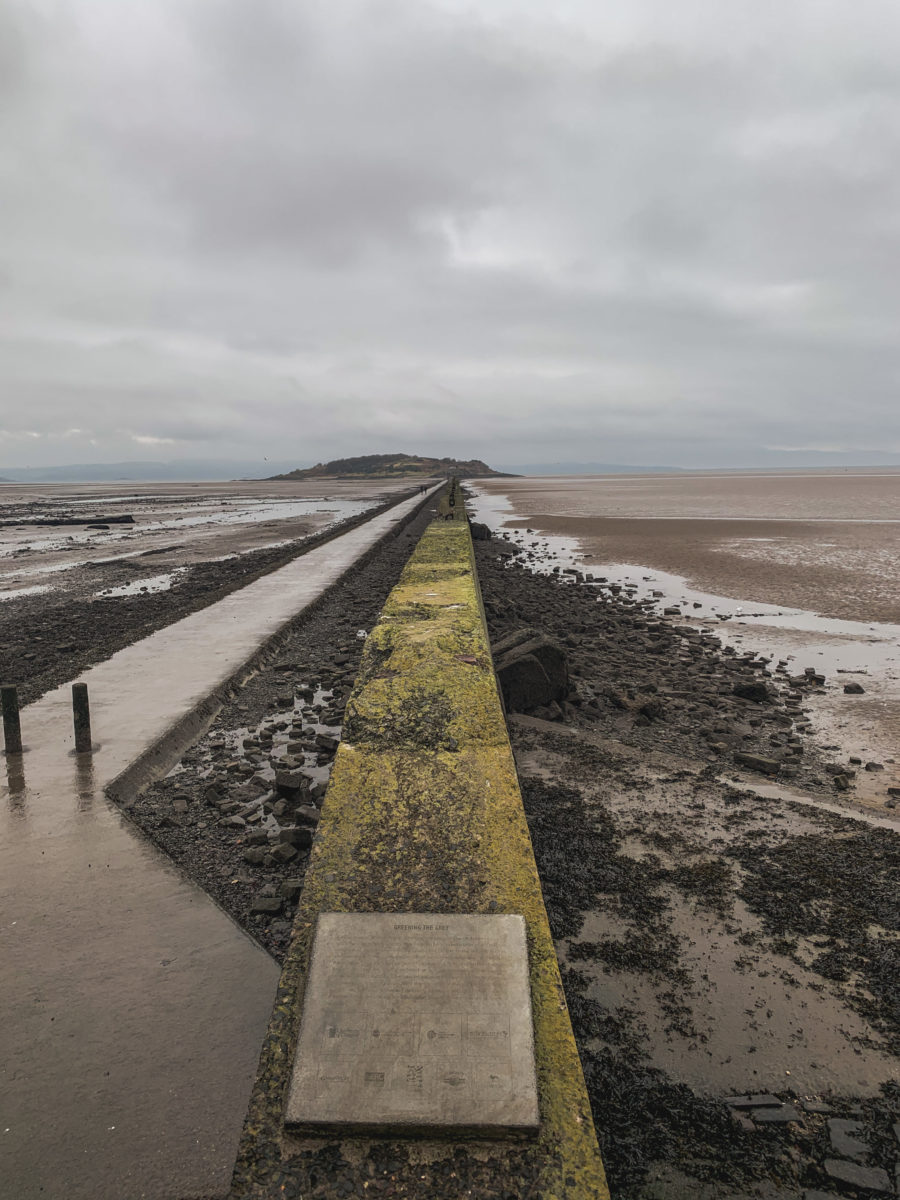
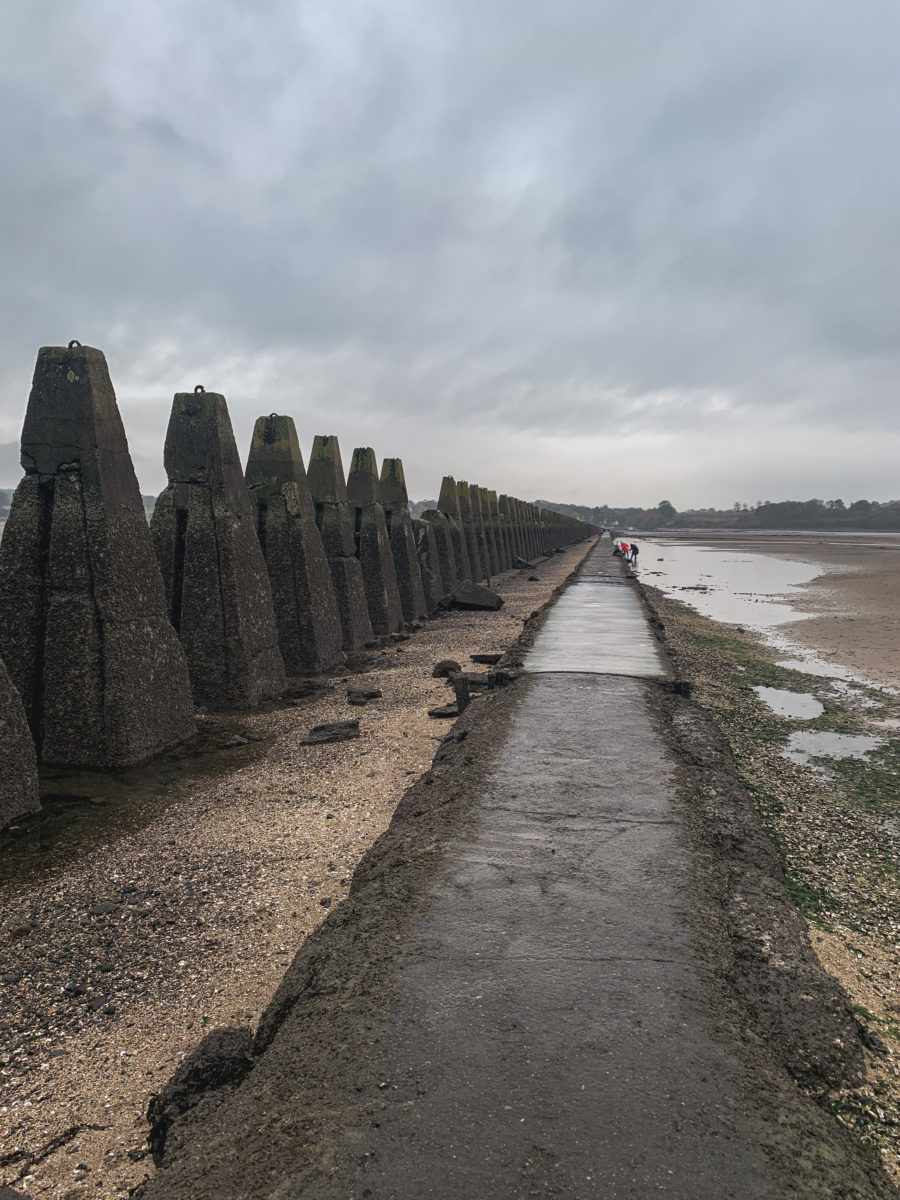
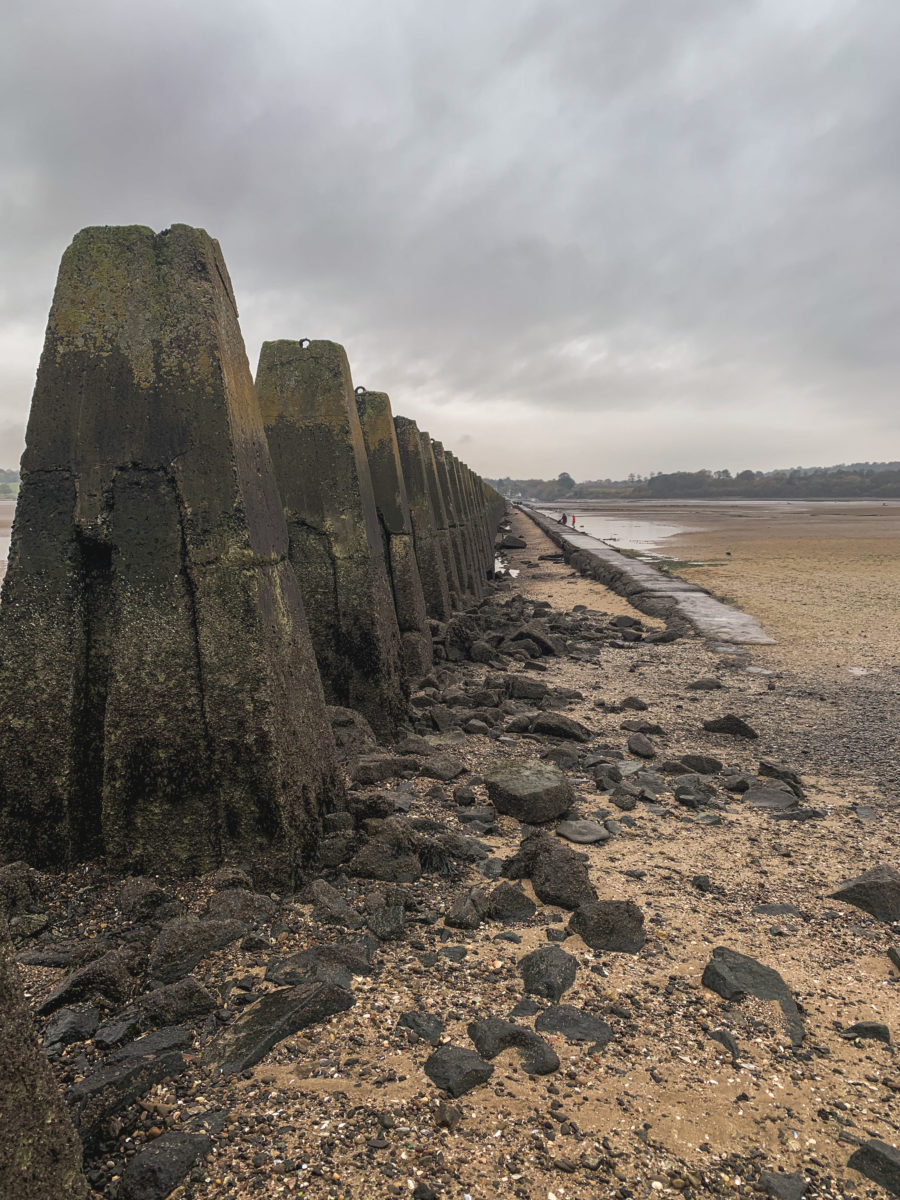

Indeed, it is possible to take a more adventurous walk of about 750 metres along the tidal causeway to Cramond Island. This place looks like a faraway land that only the wildest of imaginations could conjure up, especially because of its historical aspect.
Once a sheep farming area, the village of Cramond was covered with numerous watchtowers, bunkers, and barracks to shelter Allied troops during the Second World War. Today, its island is no longer in use and remains suspended in time, with few remnants of its past as a strategic location during the war.
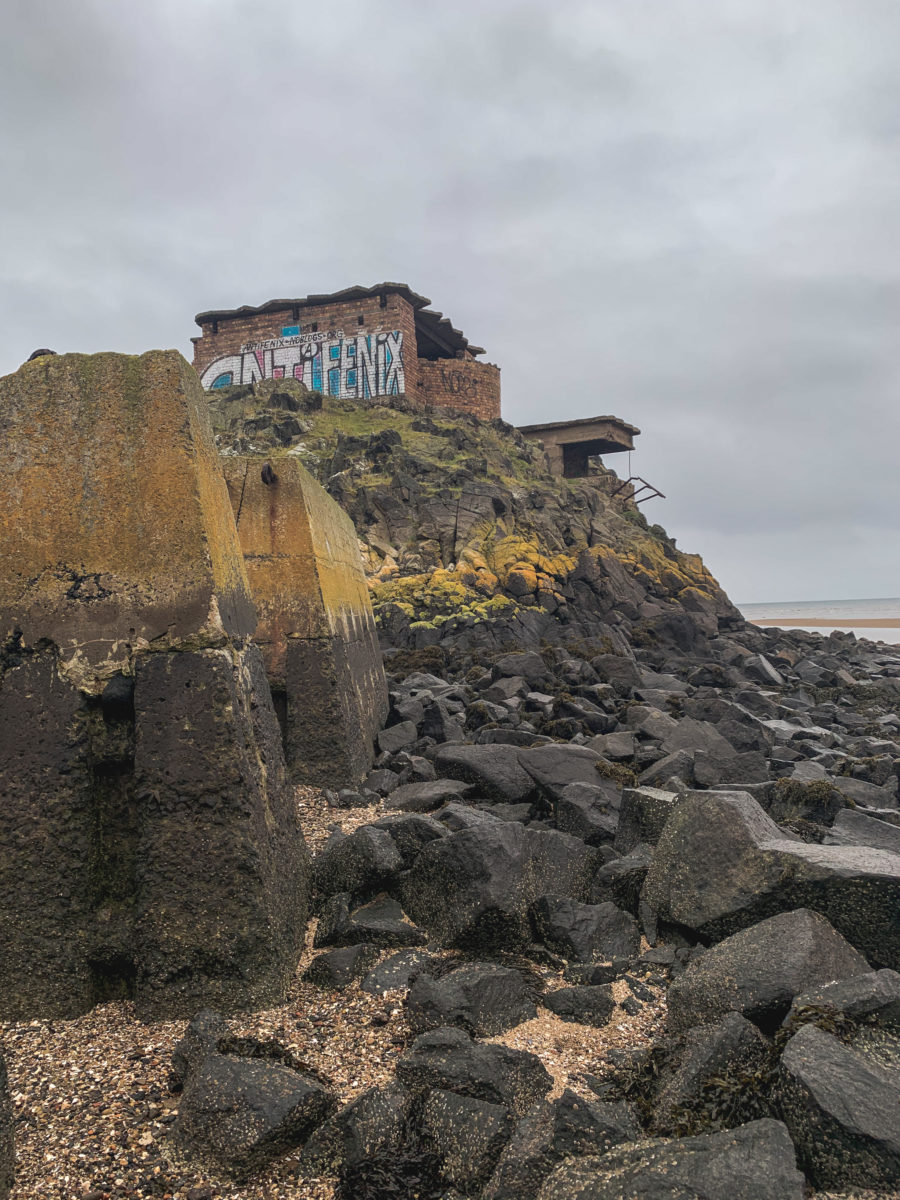
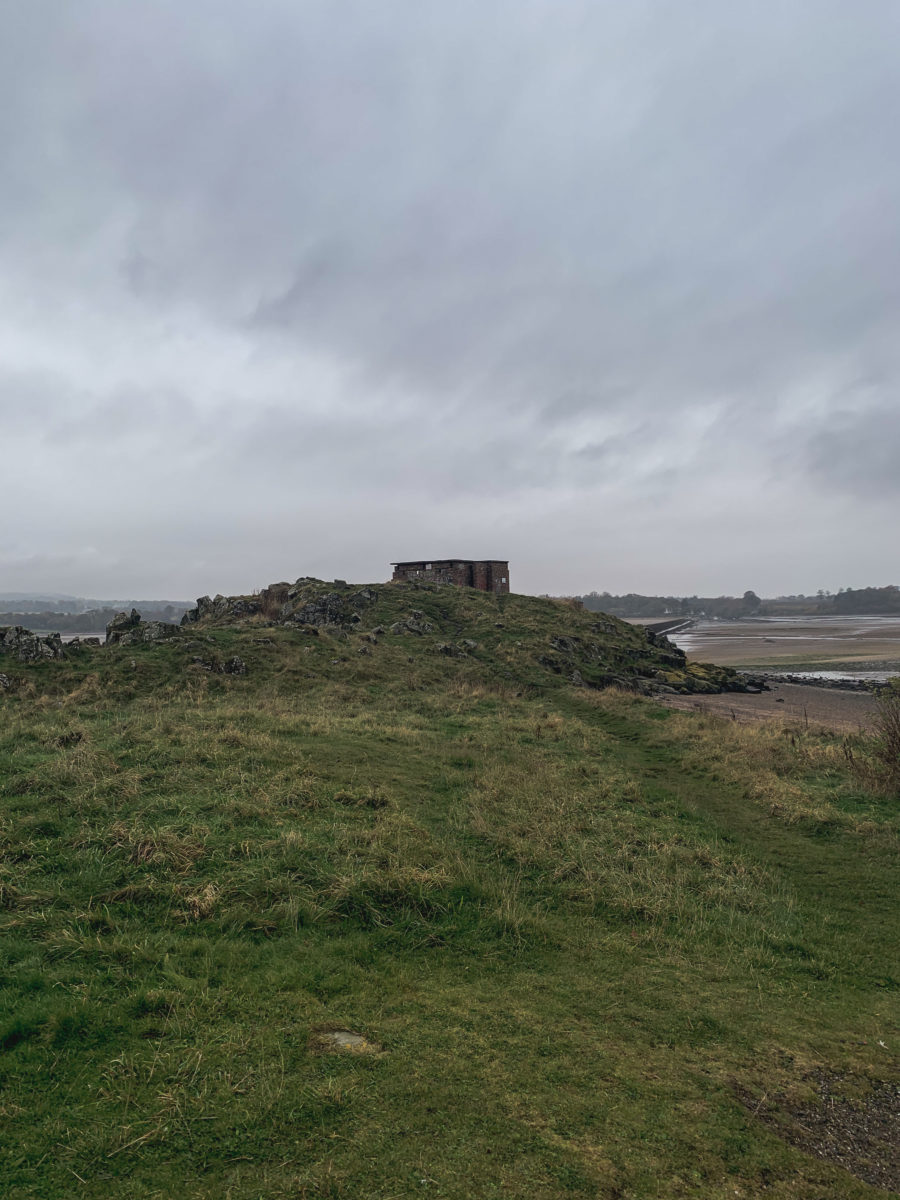
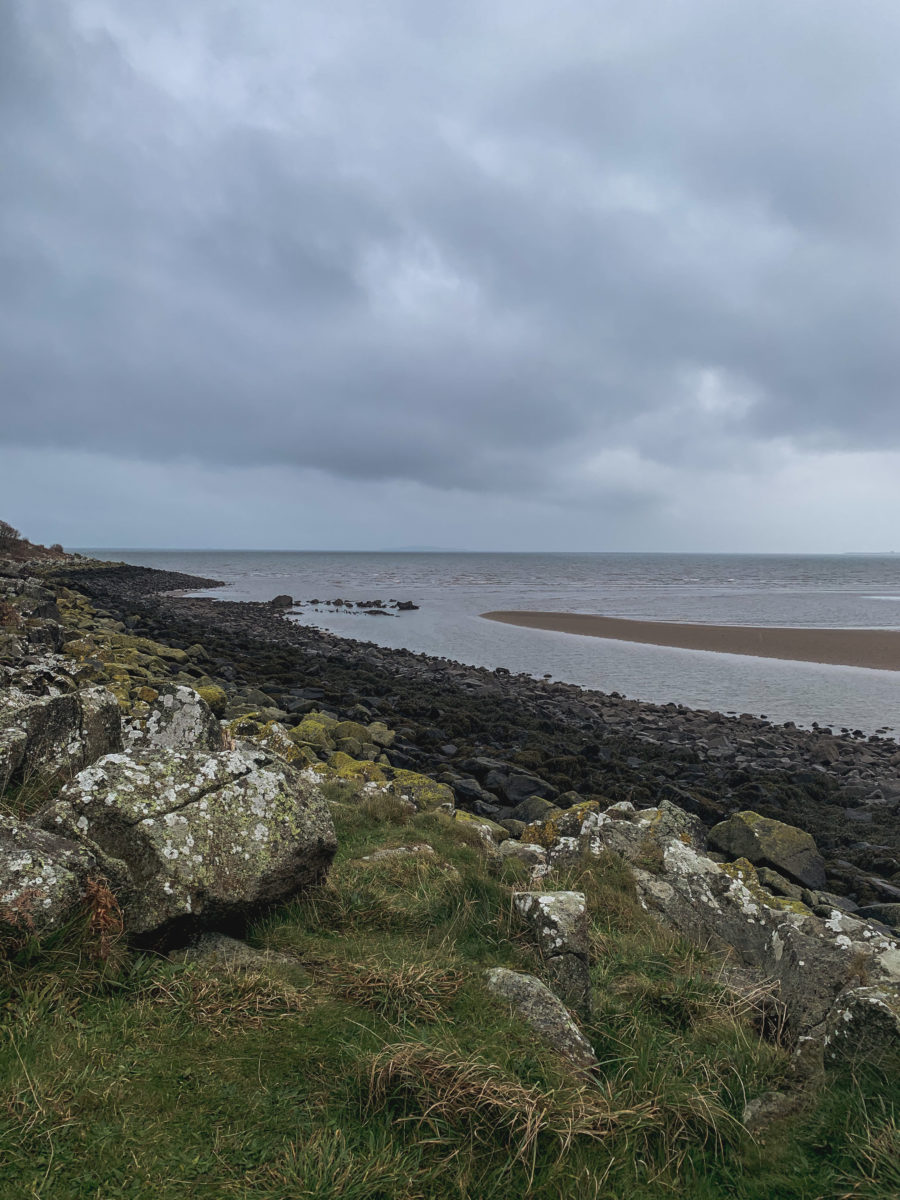
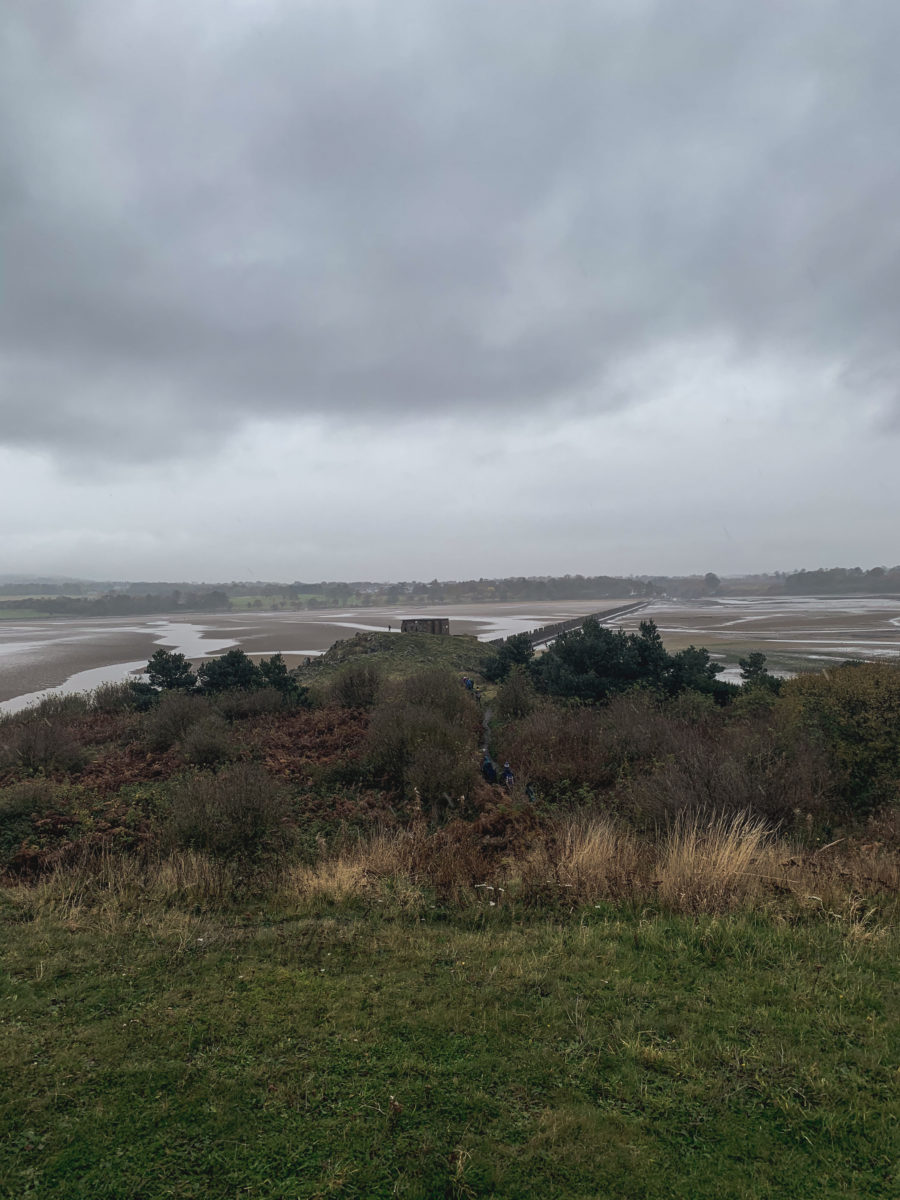
Before you go, heed the advice on safe crossing times (there is normally a sign at the start of the causeway, but feel free to check online before you arrive, for example here). Don’t go on an adventure unless you are sure you can get back well before the rising tide cuts the causeway and returns Cramond Island to its island status. So take precautions: it is recommended to cross only two hours after low tide and to leave the path two hours before high tide.
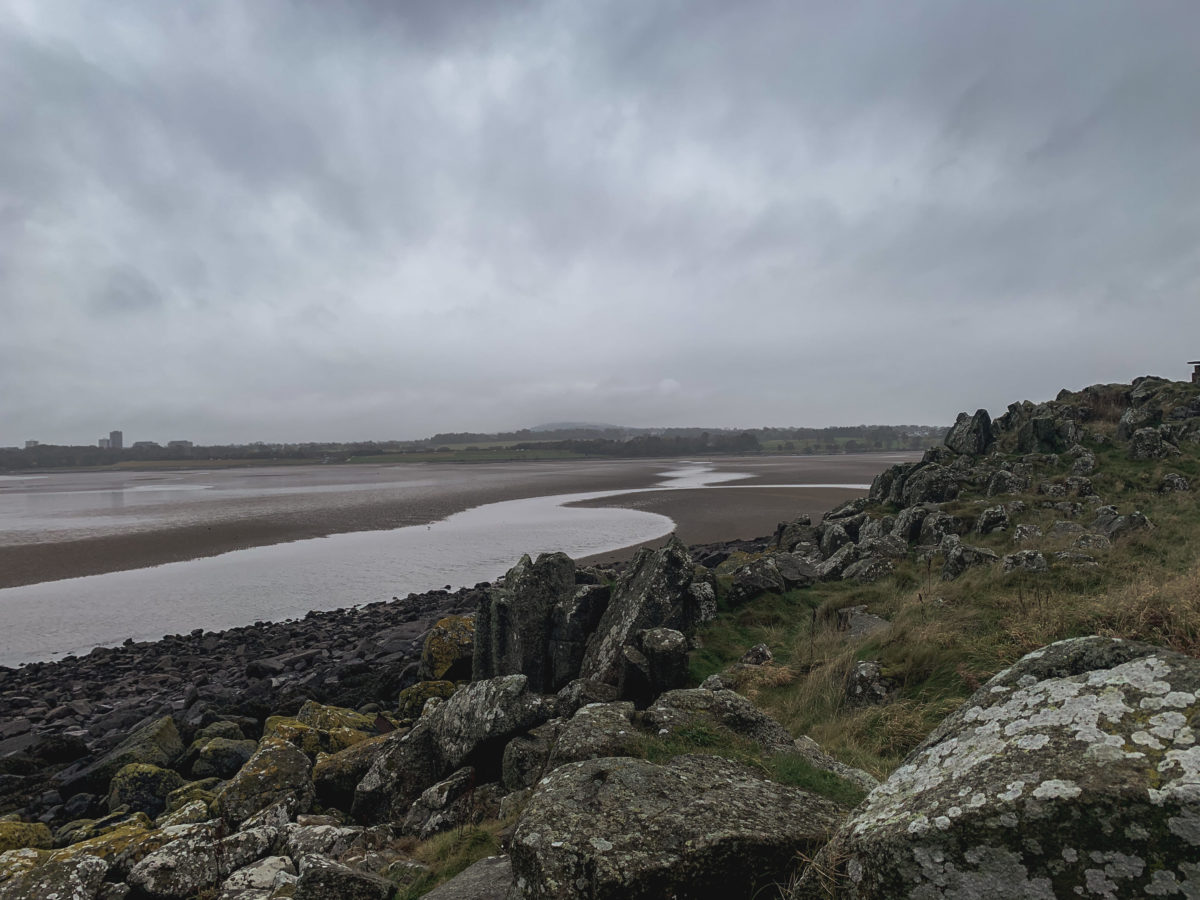
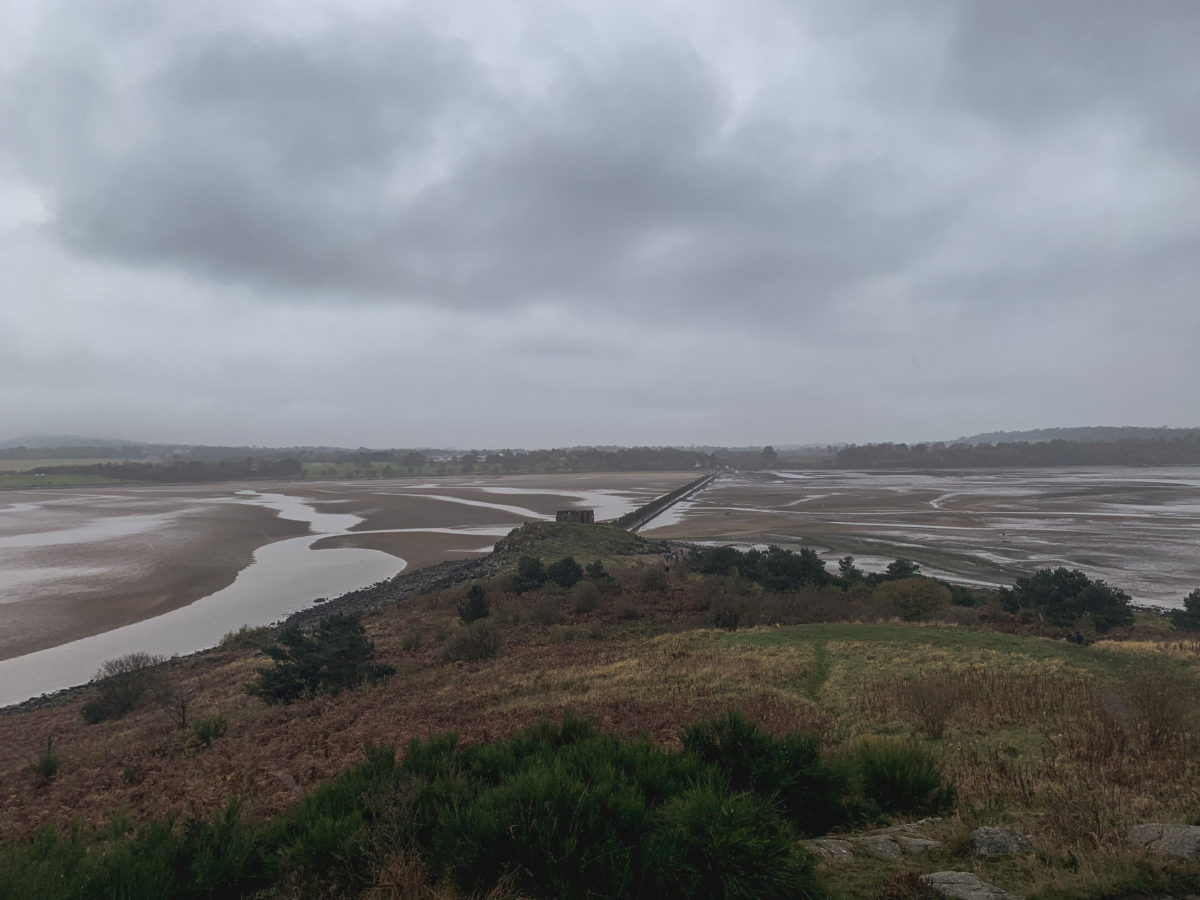

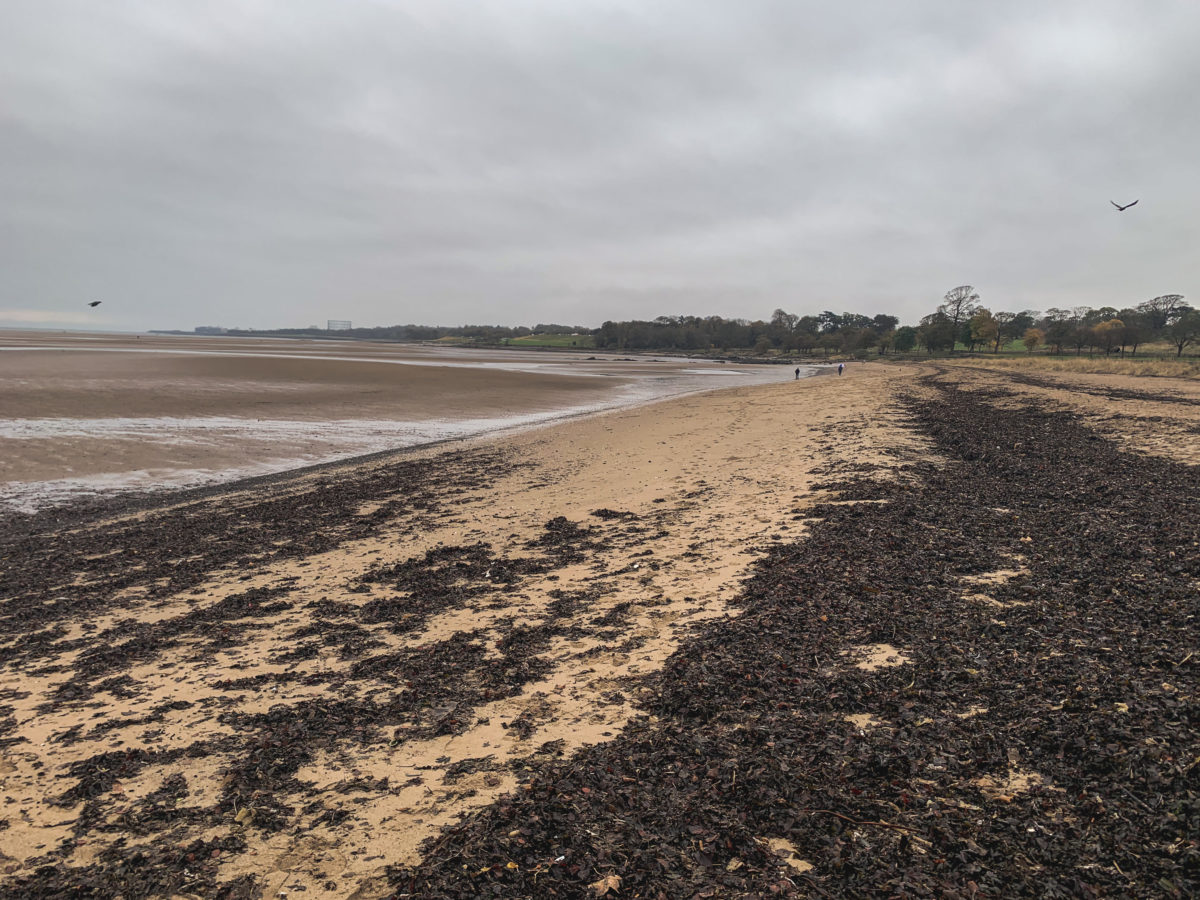
The everlasting gateway: South Queensferry
Finally, for the last jaunt from Edinburgh in this article, I take you to see a UNESCO World Heritage Site in the small town of South Queensferry.
Traditionally a royal burgh in West Lothian, it is now administered by the city of Edinburgh. It is located ten miles northwest of Edinburgh city centre on the banks of the Firth of Forth. The best way to get there is to take the 43 bus from Princes Street. The prefix South is used to distinguish it from North Queensferry, on the opposite bank of the Forth. Both towns take their name from the ferry service established by Queen Margaret in the 11th century, which continued to operate in the town until 1964 when the Road Bridge was opened.
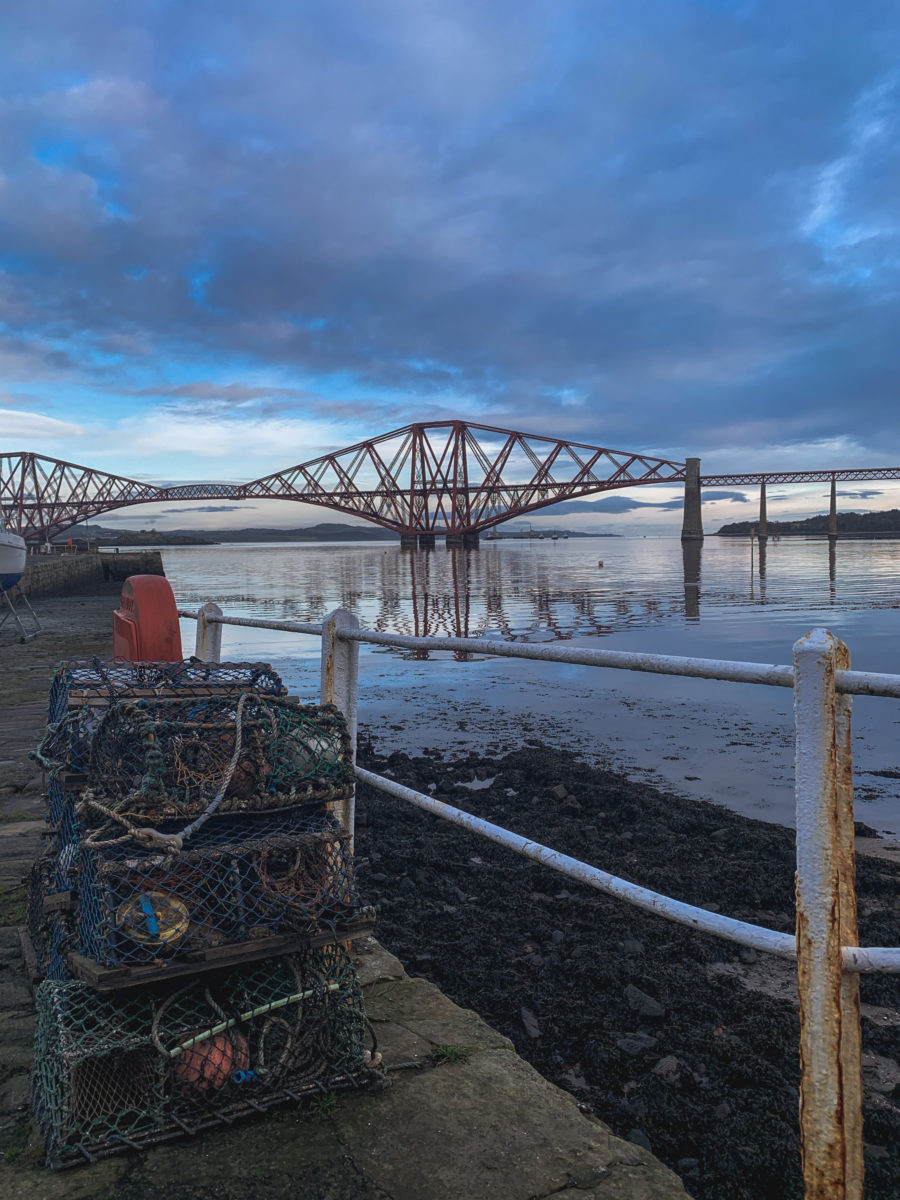
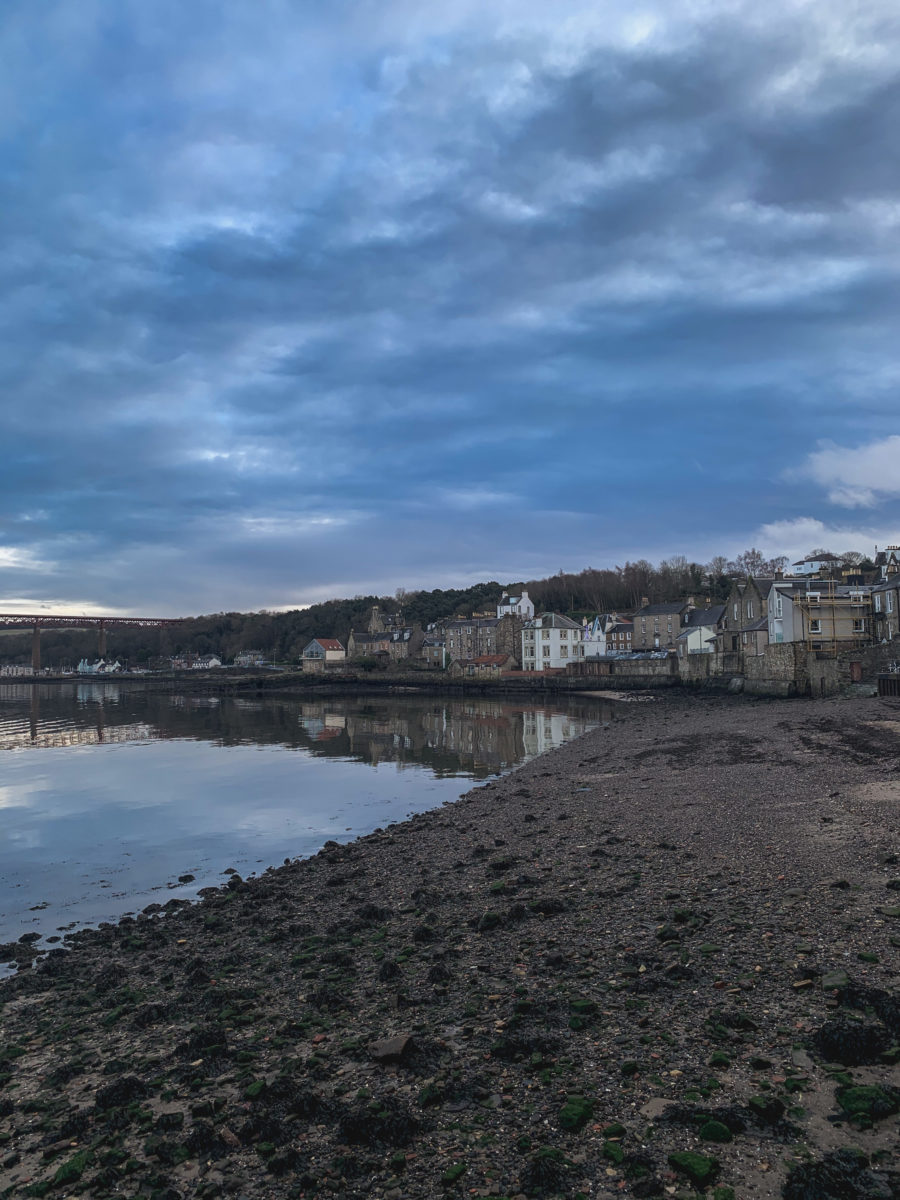

South Queensferry is a charming village, known for its iconic Firth of Forth Bridge, which connects the seaside city of Edinburgh to the kingdom of Fife (I tell you about it in this article: From Fife to Aberdeen: Escapades in the Northeast of Scotland). If you’re looking for a quiet getaway with views of the Forth Bridge at every turn, you’ve found your perfect destination in South Queensferry.
The Forth Bridge gives the village its identity. Recognisable by its gaudy colour and three large arches, the bridge was officially opened in 1890 and allows dozens of trains to cross the River Forth each day. There are several vantage points along the waterfront where you can take photos from all angles of the bridge. Venture under the bridge and then along the river for a pastoral walk (in the search of seals, but of course we saw none).
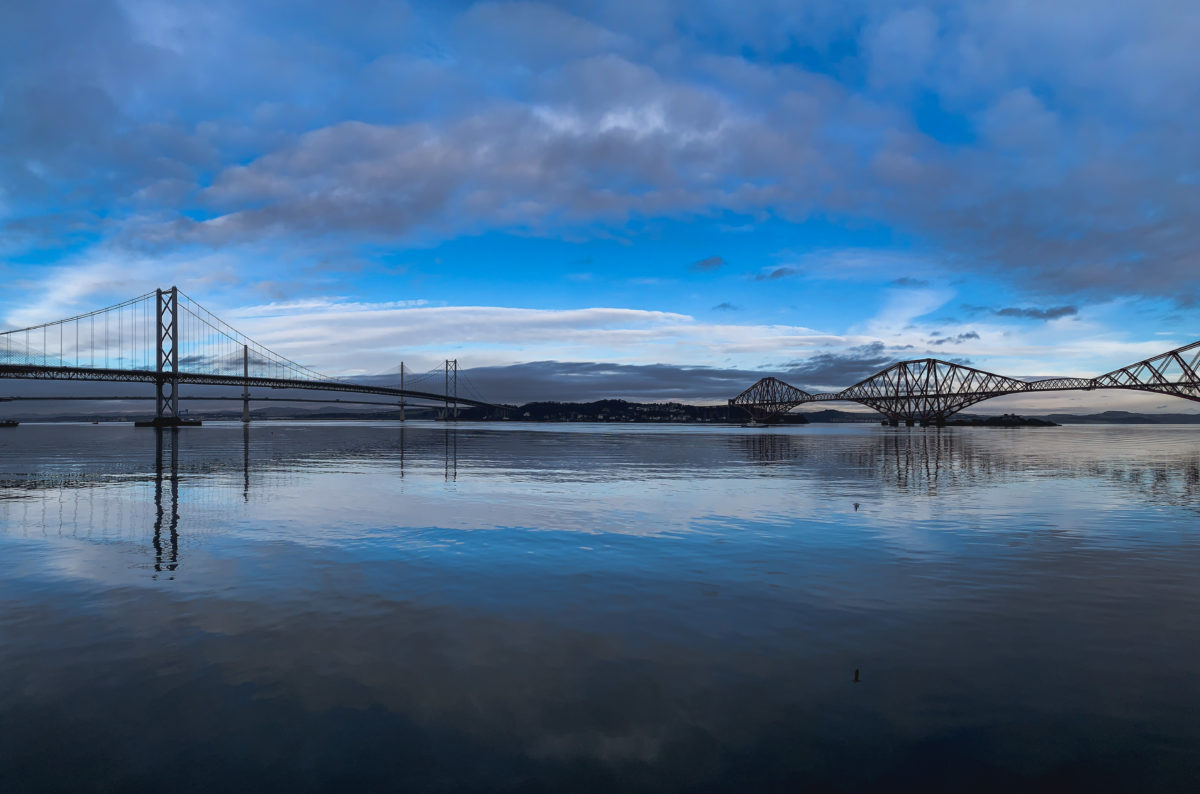
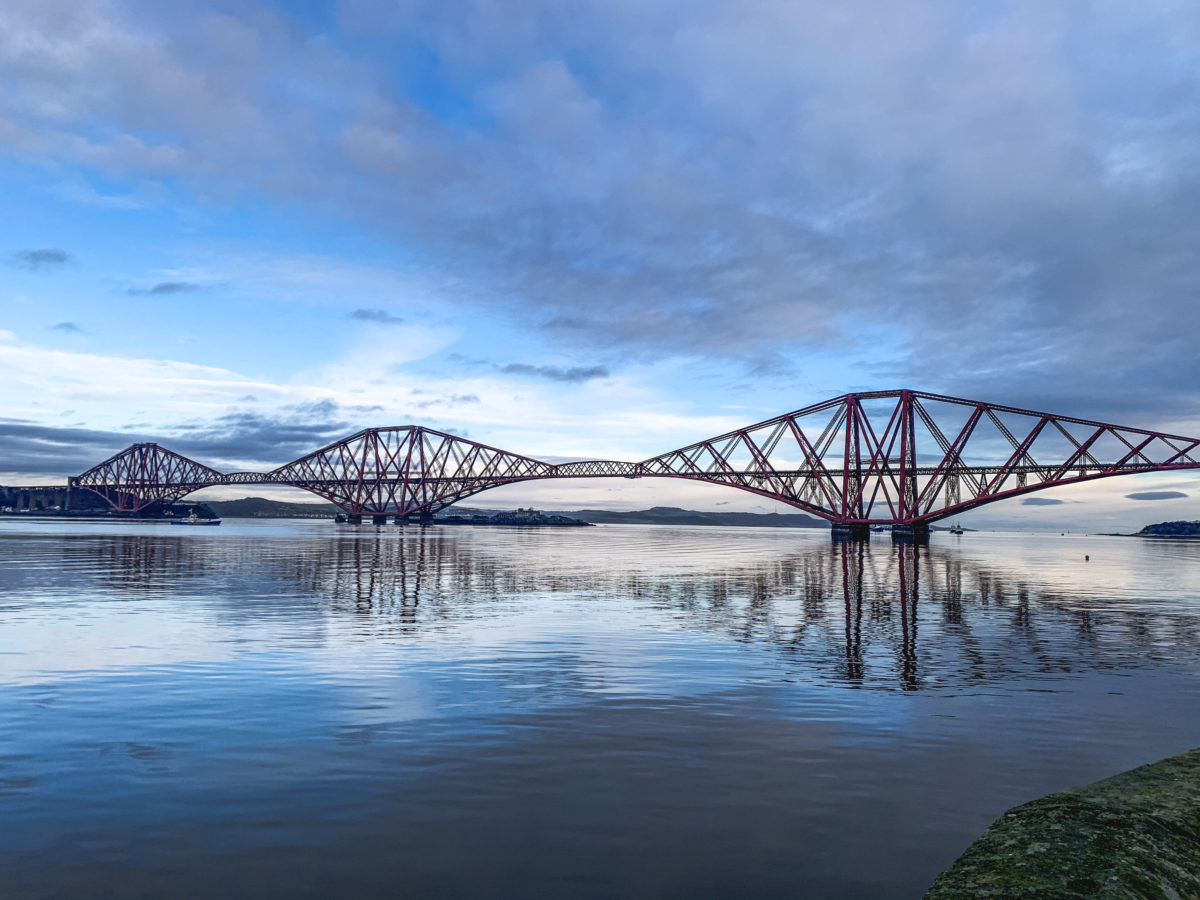
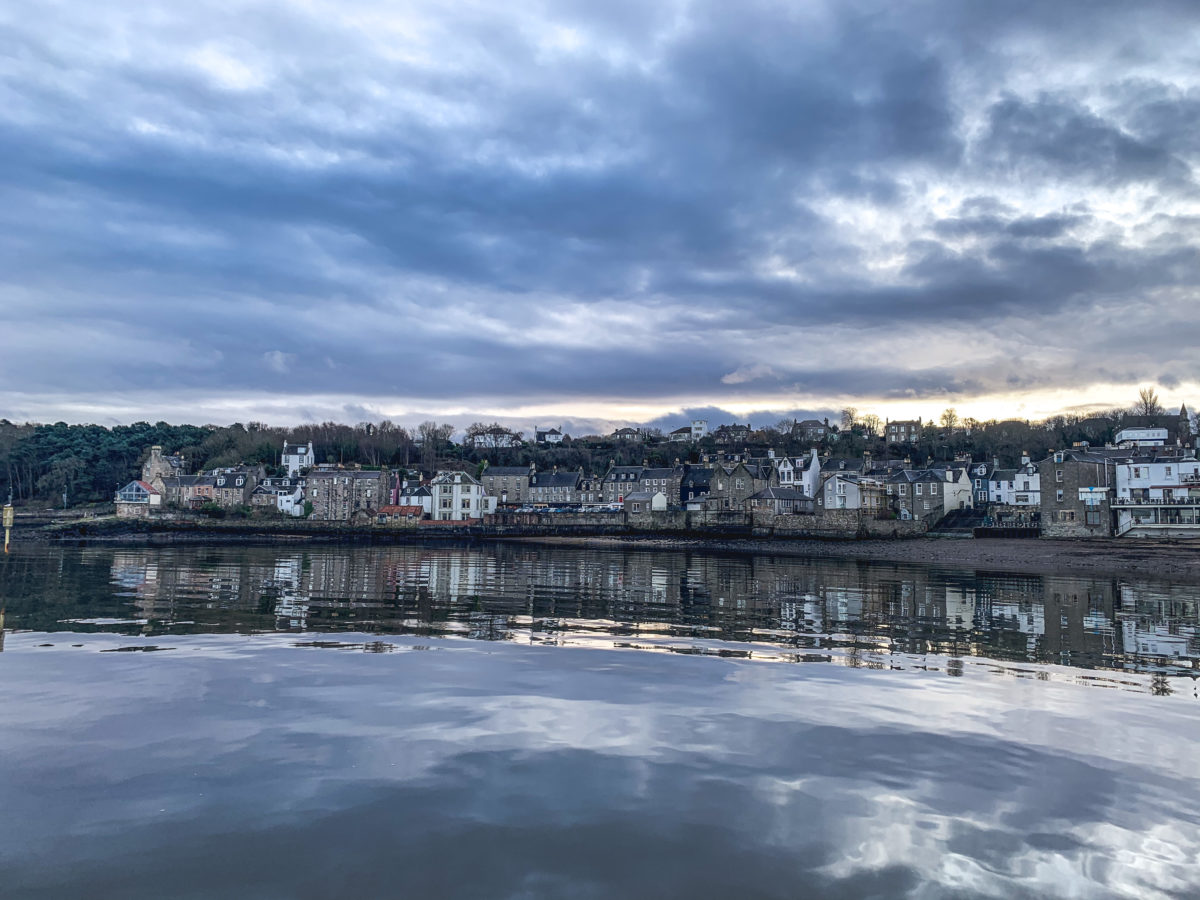
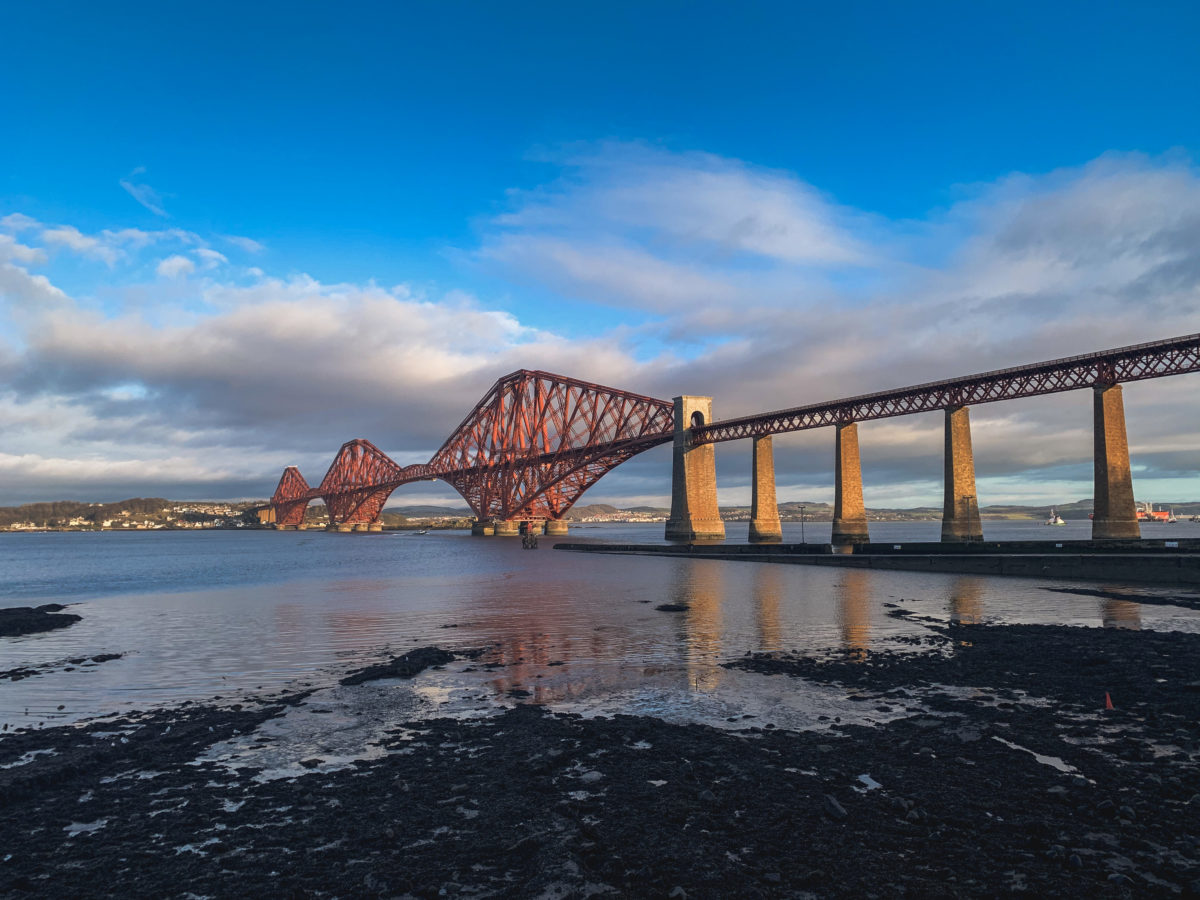
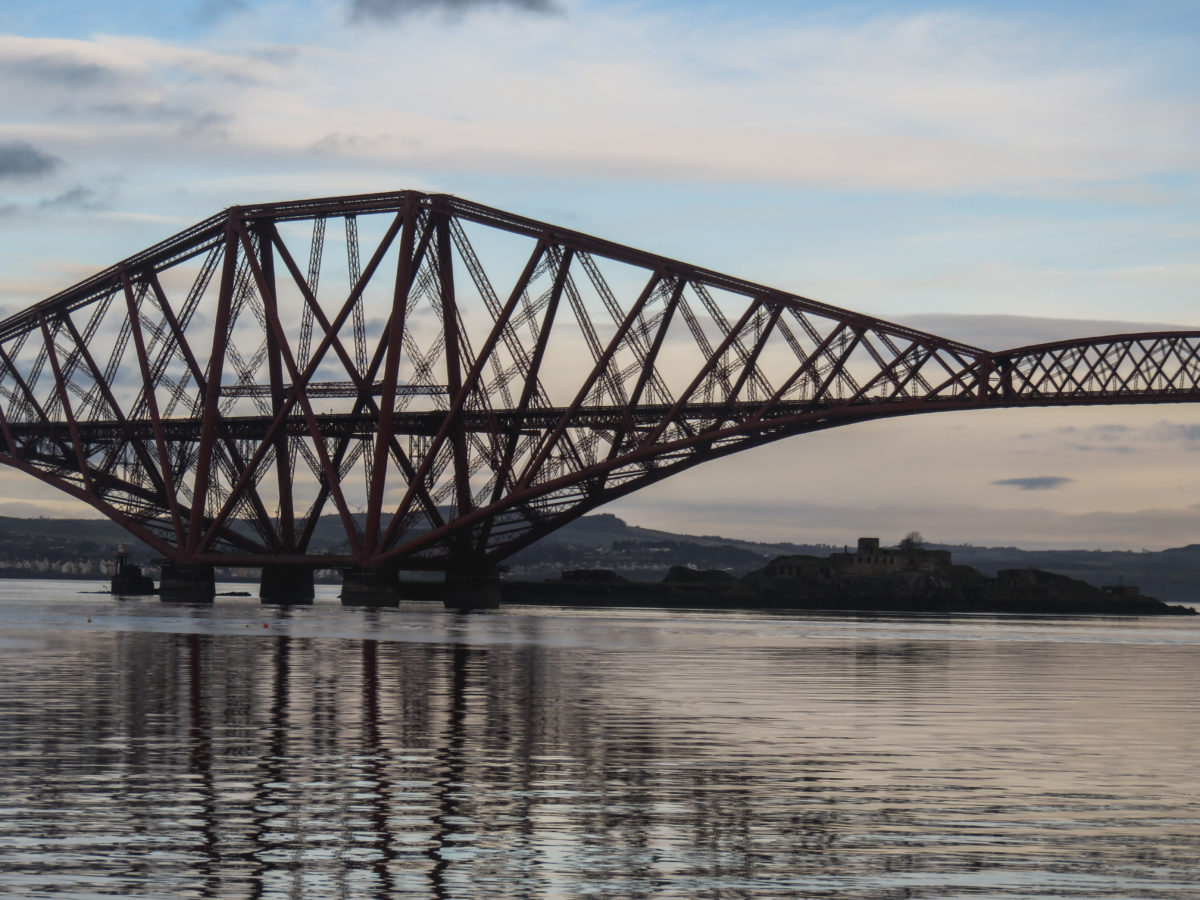
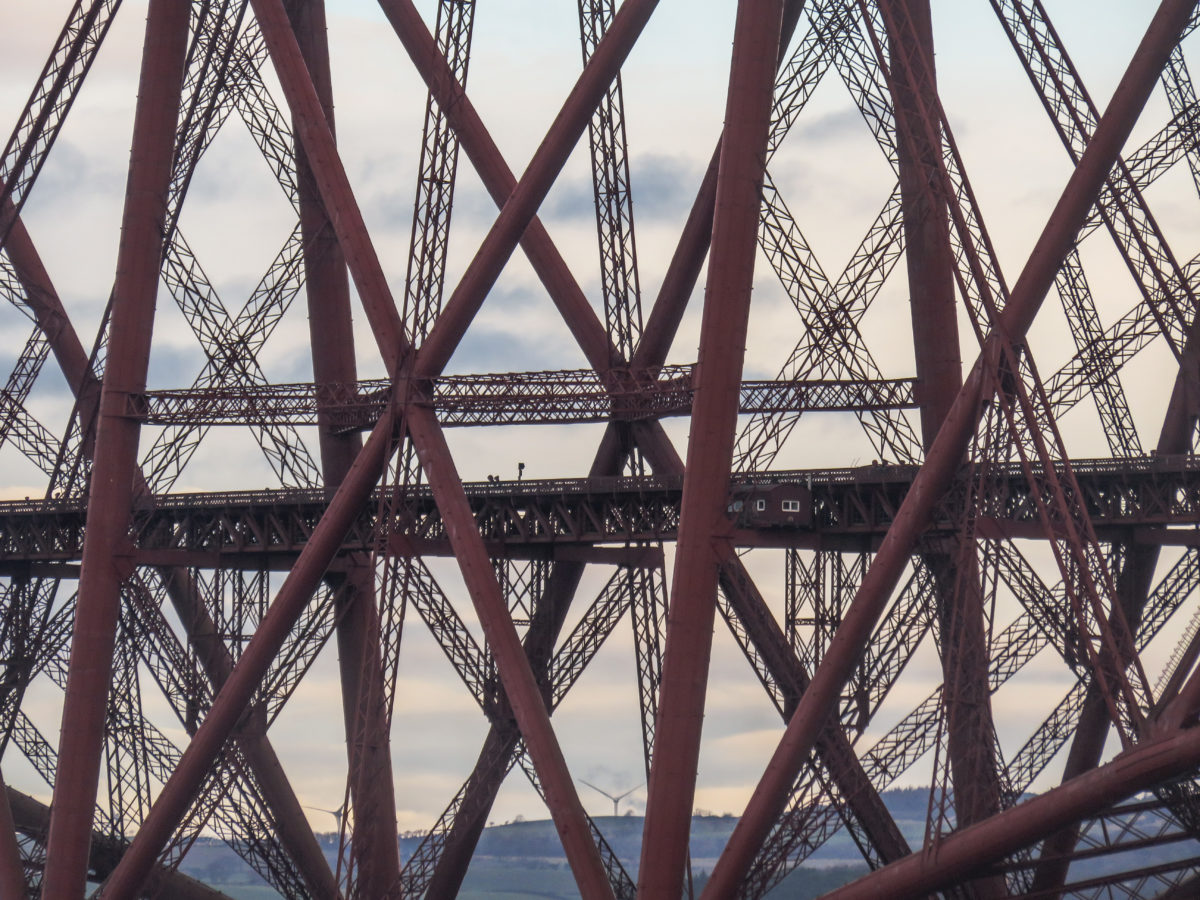
So South Queensferry seems a world away from the hectic city. You’ll find plenty of independent shops ( a special mention for the Once Upon a Time sweet shop), a picturesque harbour (a special mention for the seagulls that wanted to steal my ice cream), charming architecture (a special mention for High Street and its row of cute little houses), plenty of sea and bird life (another mention for the ice cream-eating seagulls) and, of course, stunning views of the Forth and its bridges.
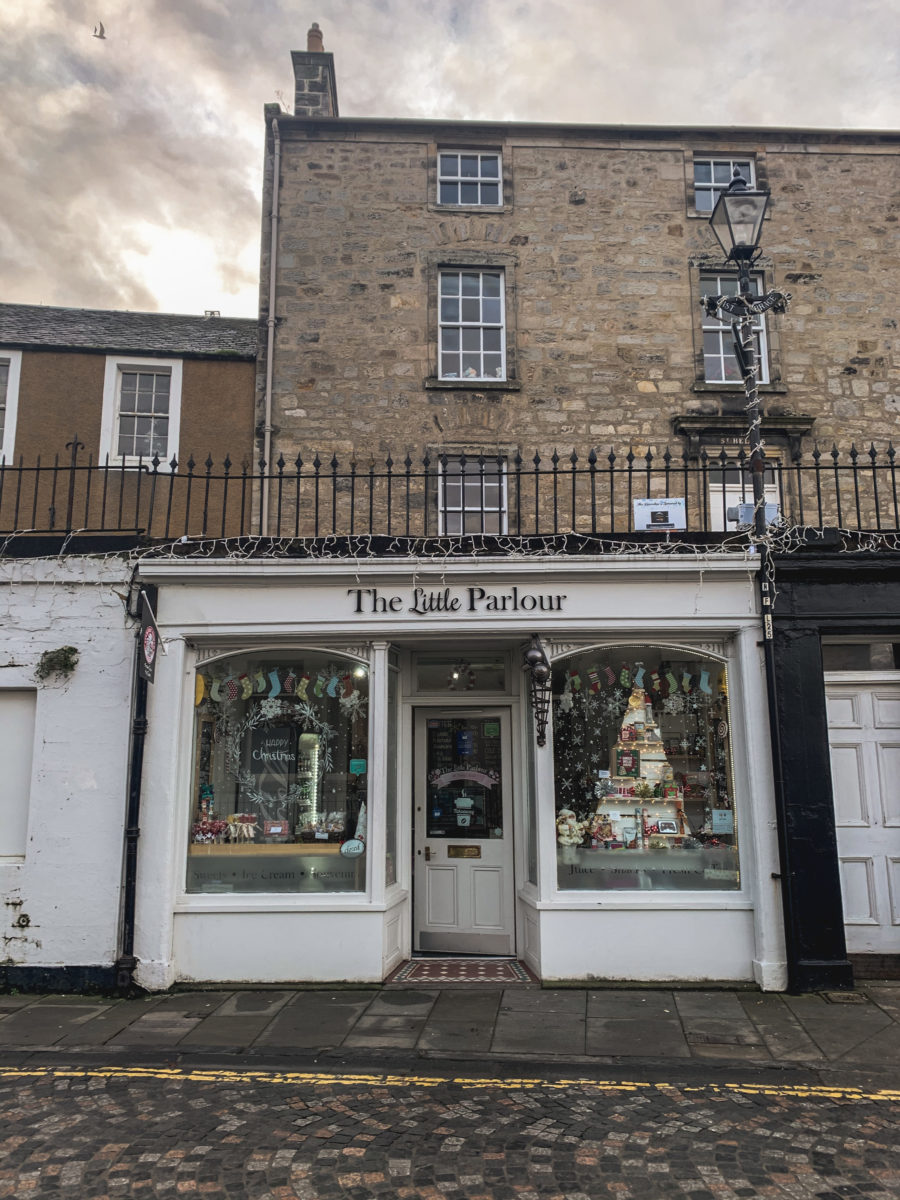
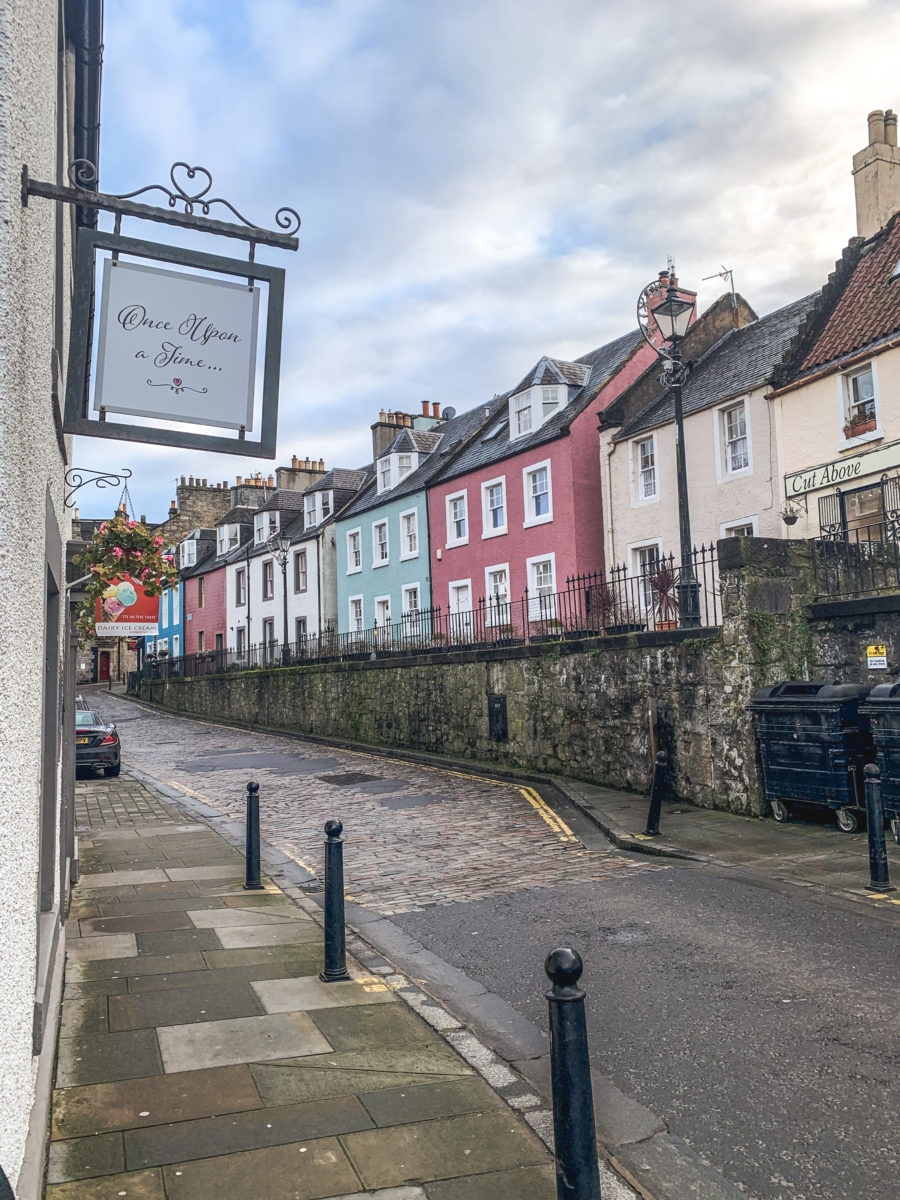

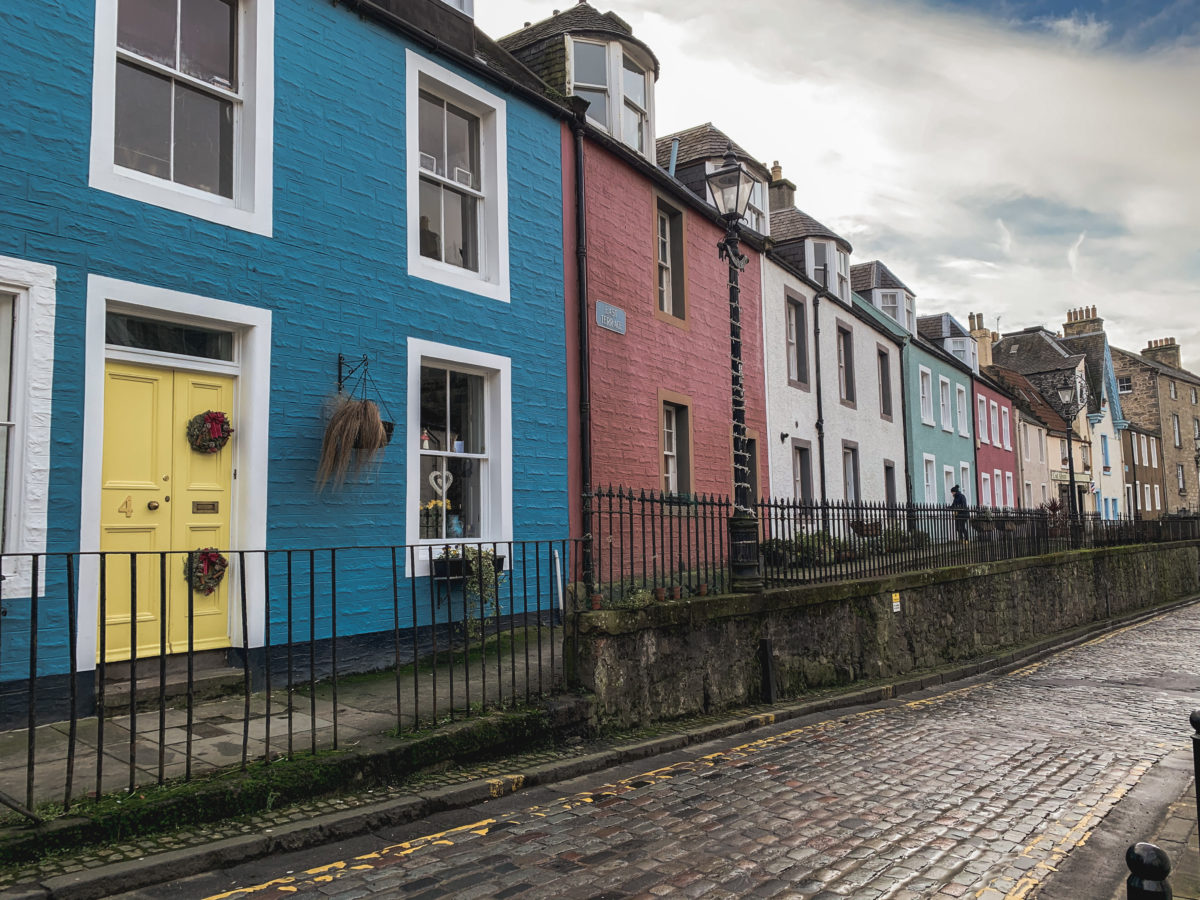

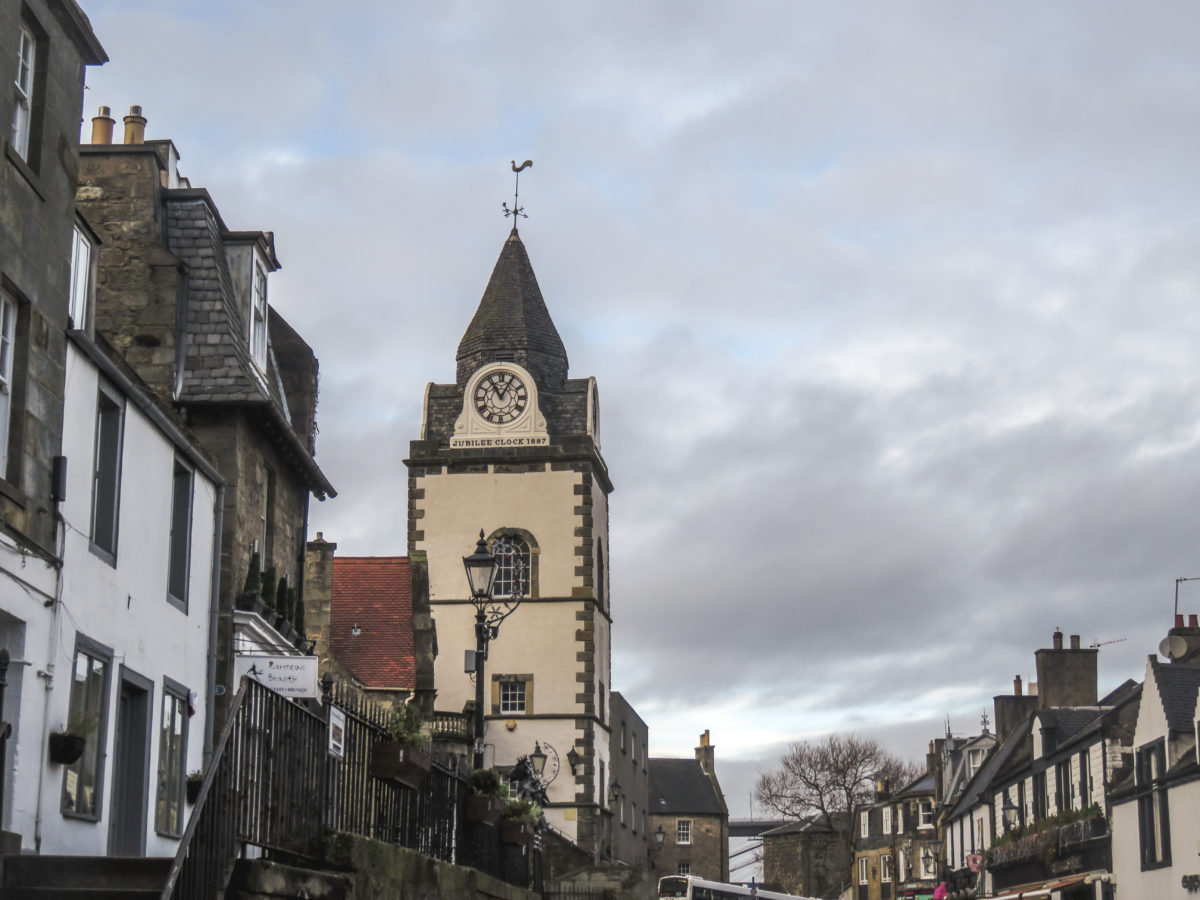
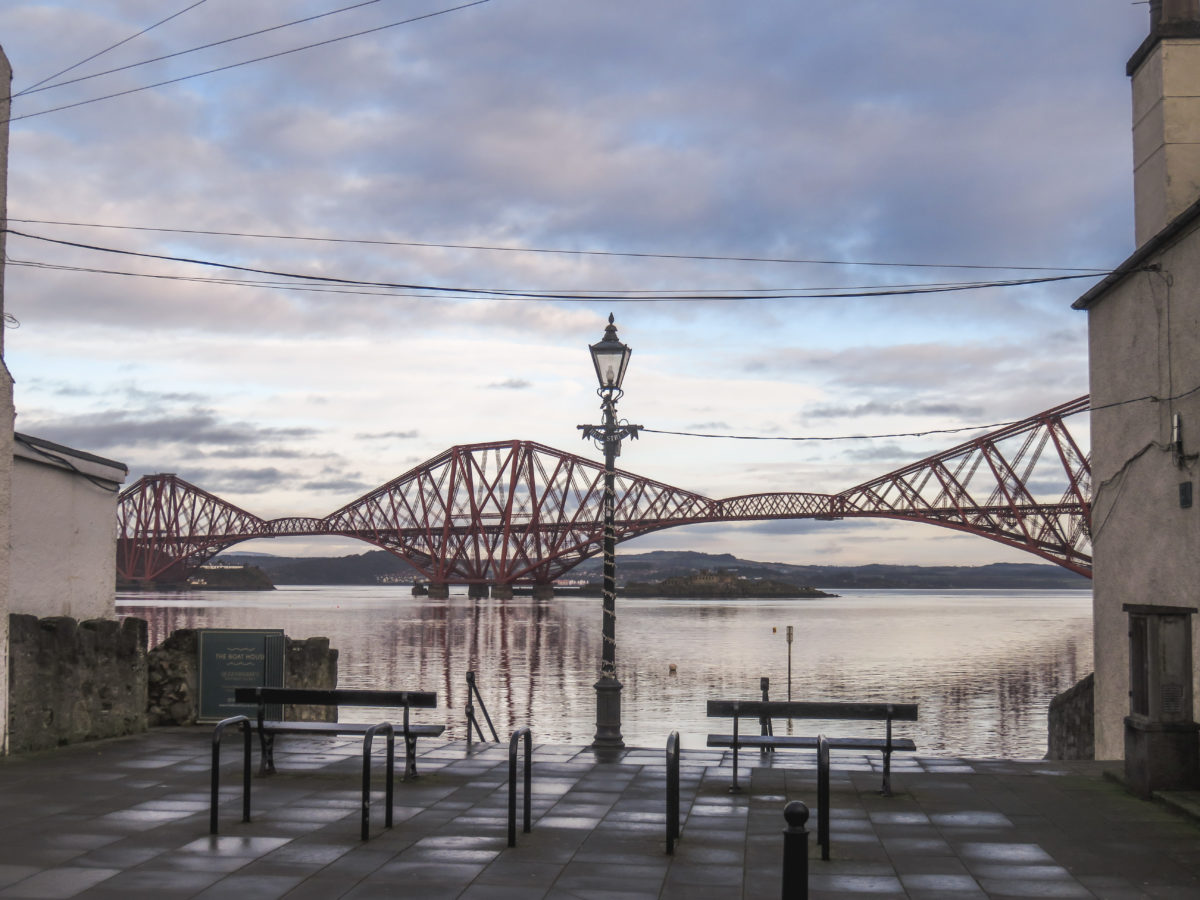
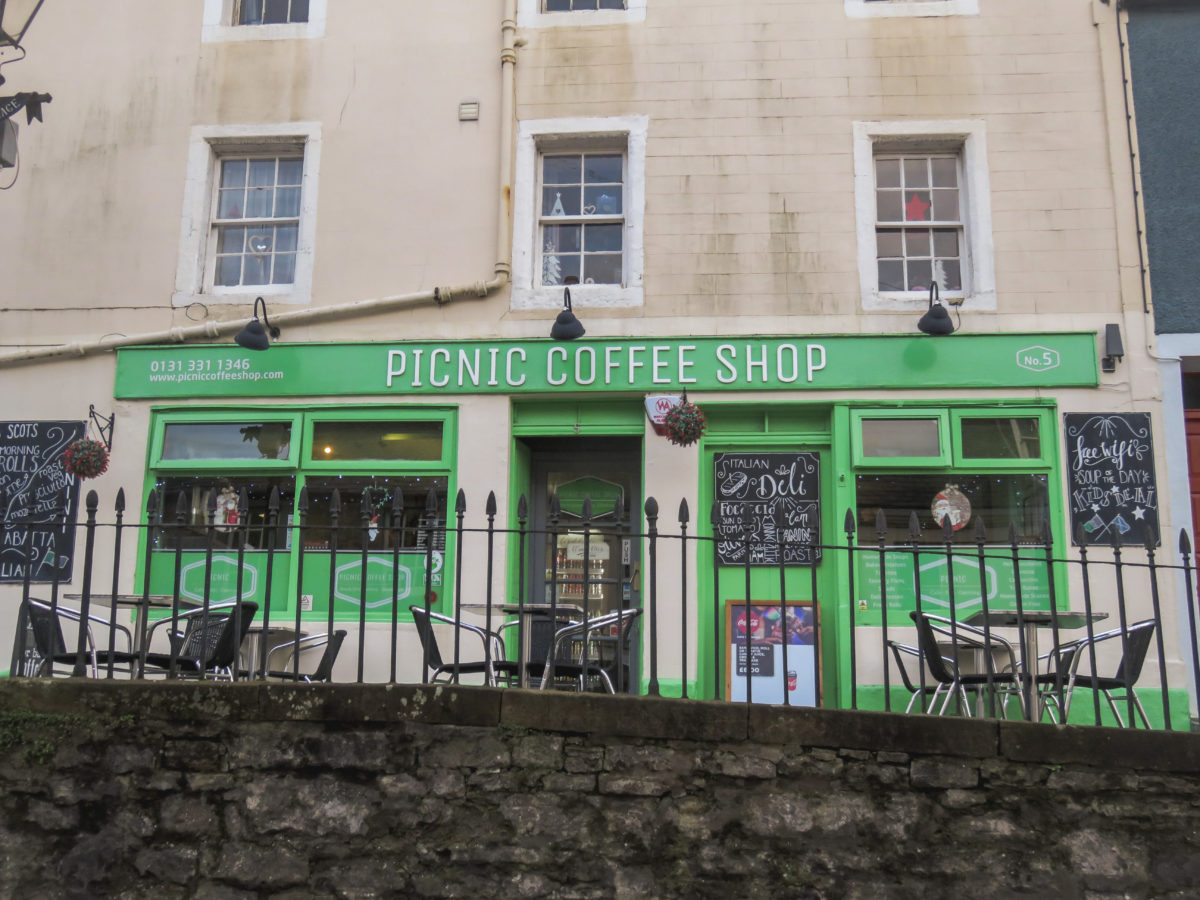
All in all, this place makes you want to spend a well-deserved retreat from the hustle and bustle of Edinburgh (yet so close to getting there).
Feel free to check out the Lothian (Edinburgh) bus transport website. Click here for more information.

